Fiber-Rich Foods Critical for Stable Blood Sugar All Day Long
Blood sugar swings don’t just mess with your energy—they quietly wear down your mood, metabolism, and long-term health. But here’s the surprising truth: you don’t need extreme diets or pricey supplements to fight back. The secret weapon? Fiber-rich whole foods that work with your body, not against it. Fiber slows down sugar absorption, improves insulin response, and keeps you full and focused—naturally and deliciously. No crash. No cravings. Just balance. We’ve expanded our guide of amazing whole foods that prove you can literally munch your way to stable blood sugar. So grab a fork—your blood sugar doesn’t need a battle plan. It needs better snacks. Let’s eat for balance.
1. Lentils

Lentils are a powerhouse for anyone looking to manage blood sugar. Rich in both soluble fiber and plant-based protein, they digest slowly—meaning they don’t cause the sharp blood glucose spikes often triggered by refined carbs. Soluble fiber helps trap sugars and slow their absorption, while protein supports steady energy. Lentils are also high in resistant starch, a type of carbohydrate that feeds healthy gut bacteria and contributes to improved insulin sensitivity. Add them to hearty soups, stews, curries, or cold grain bowls. They’re affordable, shelf-stable, and deeply satisfying—a true pantry staple for blood sugar balance.
2. Chia Seeds
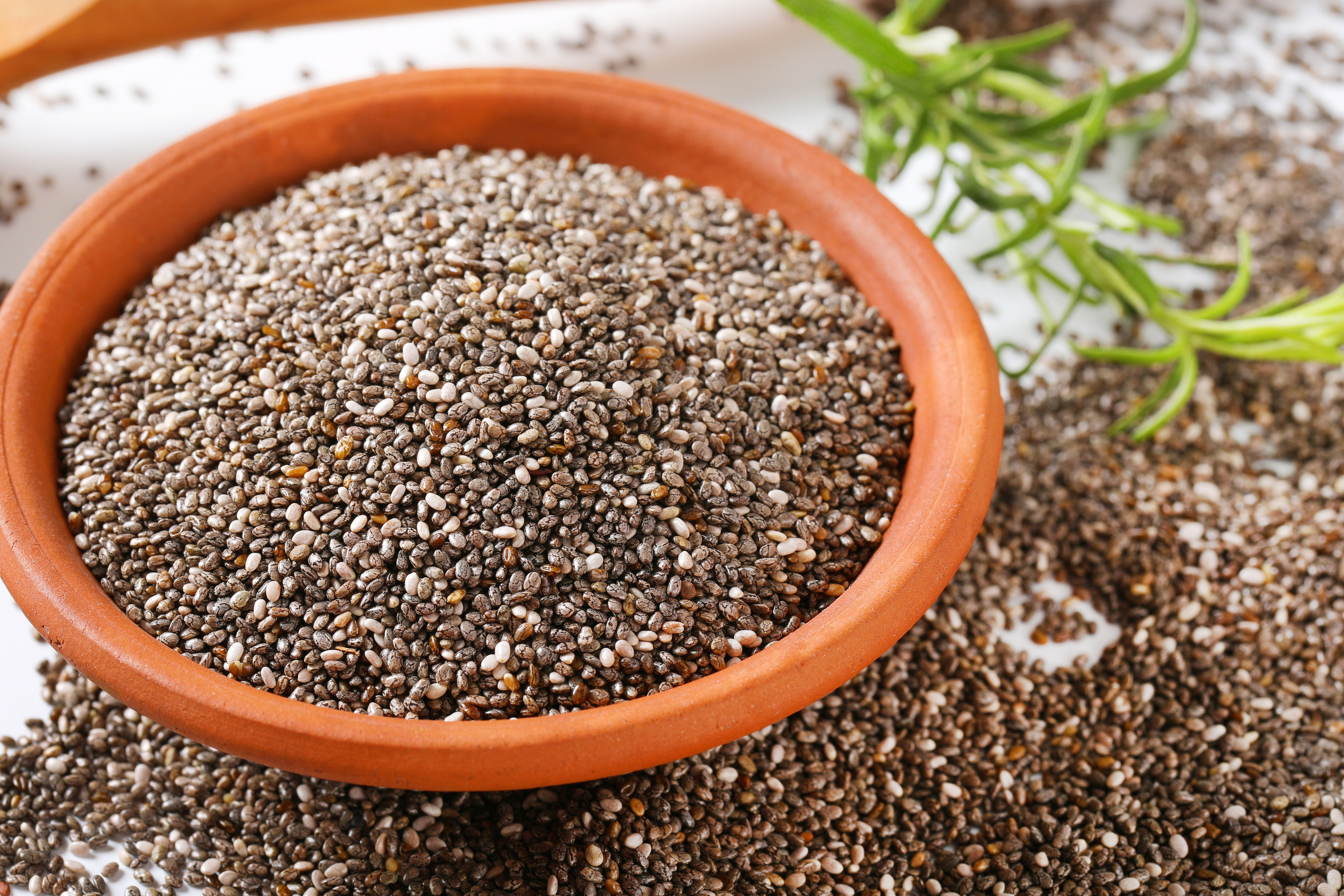
Despite their tiny size, chia seeds are one of the most efficient ways to add fiber to your diet. Two tablespoons offer roughly 10 grams of mostly soluble fiber, which absorbs water and forms a gel in your stomach. This gel slows down digestion, helps regulate appetite, and leads to a gentler post-meal glucose curve. Chia also contains omega-3 fatty acids and a small amount of protein, further aiding satiety. Add them to smoothies, overnight oats, or make a simple chia pudding with non-dairy milk. Their neutral taste makes them an easy addition to sweet or savory dishes.
3. Avocados
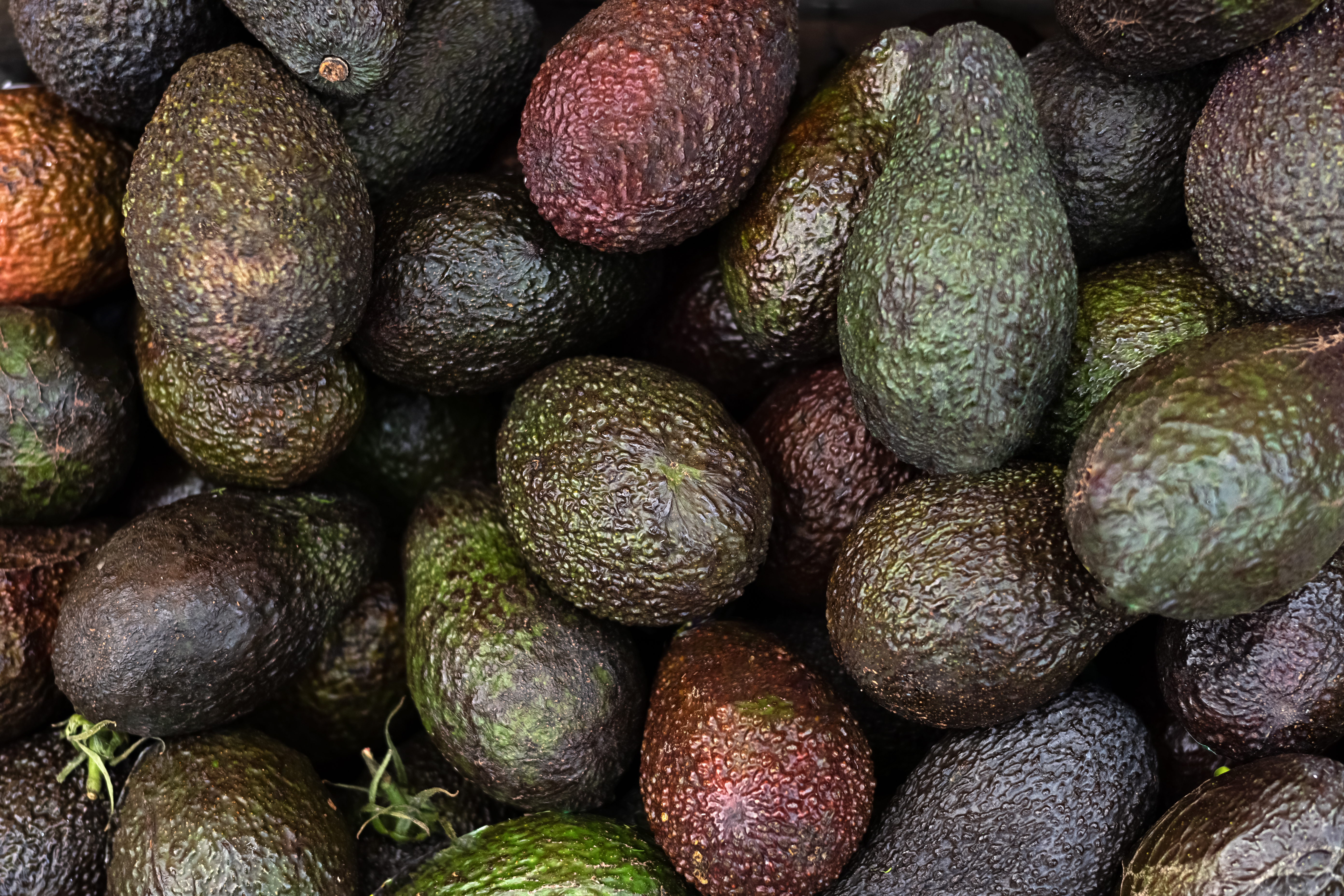
Avocados are a low-carb, high-fiber fruit loaded with healthy monounsaturated fats that stabilize blood sugar and promote satiety. Their unique composition—minimal sugar, around 10 grams of fiber per fruit, and nearly 20 vitamins and minerals—makes them a metabolic ally. The healthy fats slow digestion and support insulin function, while fiber helps moderate post-meal glucose release. Use avocados as a creamy base for smoothies, in salads, or spread on whole-grain toast. Their richness satisfies without spiking blood sugar, making them perfect for anyone managing insulin resistance or blood sugar sensitivity.
4. Oats (Steel-Cut or Rolled)
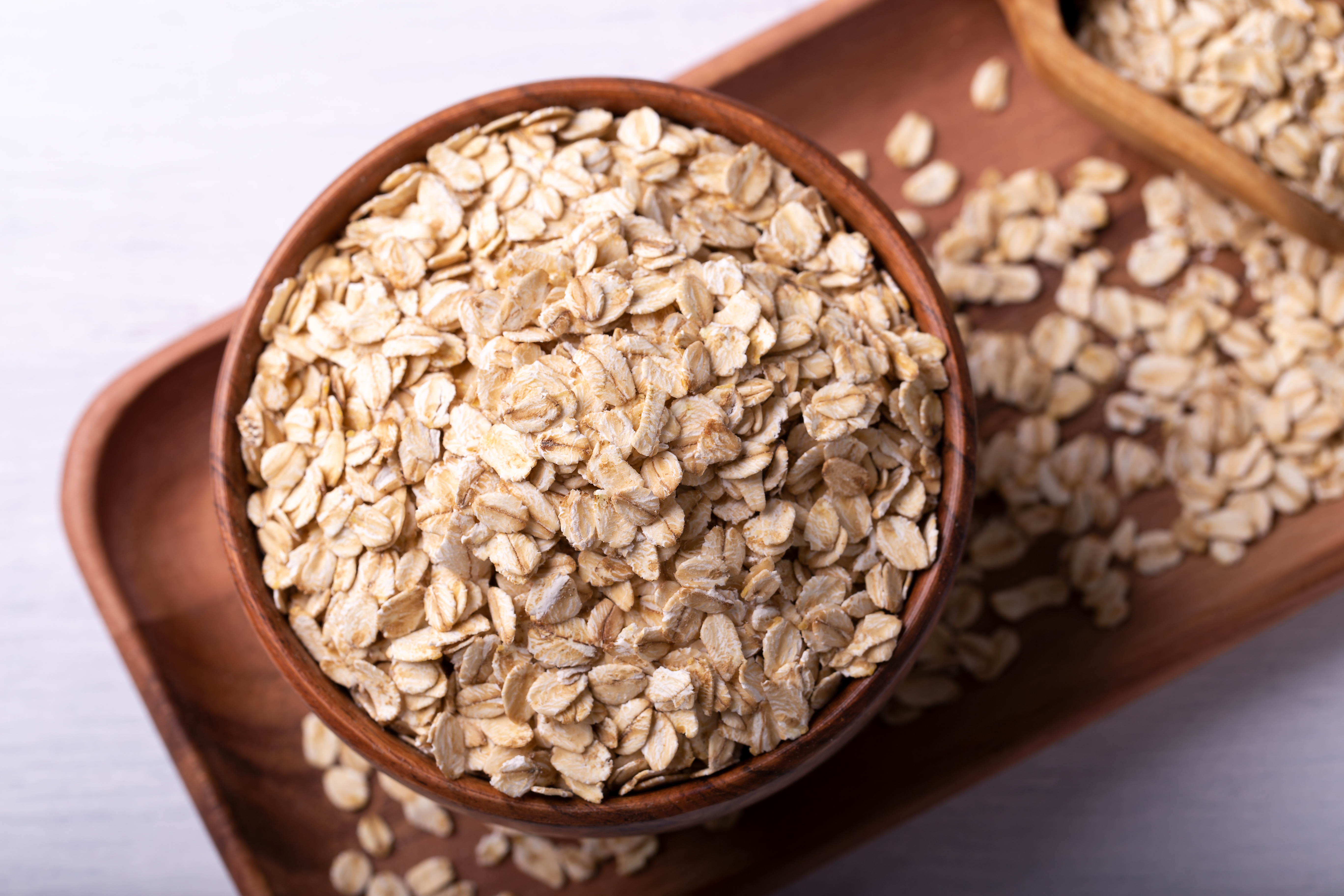
Oats are one of the most studied grains for blood sugar control—and for good reason. They contain beta-glucan, a soluble fiber known for improving insulin response and reducing LDL cholesterol. Steel-cut and rolled oats retain the most nutrients and digest slowly, offering a sustained energy release rather than a sugar spike. Instant oats, by contrast, are often more processed and may come with added sugars. For a blood sugar–friendly breakfast, pair oats with protein (like Greek yogurt or nuts) and a handful of berries. They’re versatile, comforting, and clinically proven to help flatten the glucose curve.
5. Chickpeas
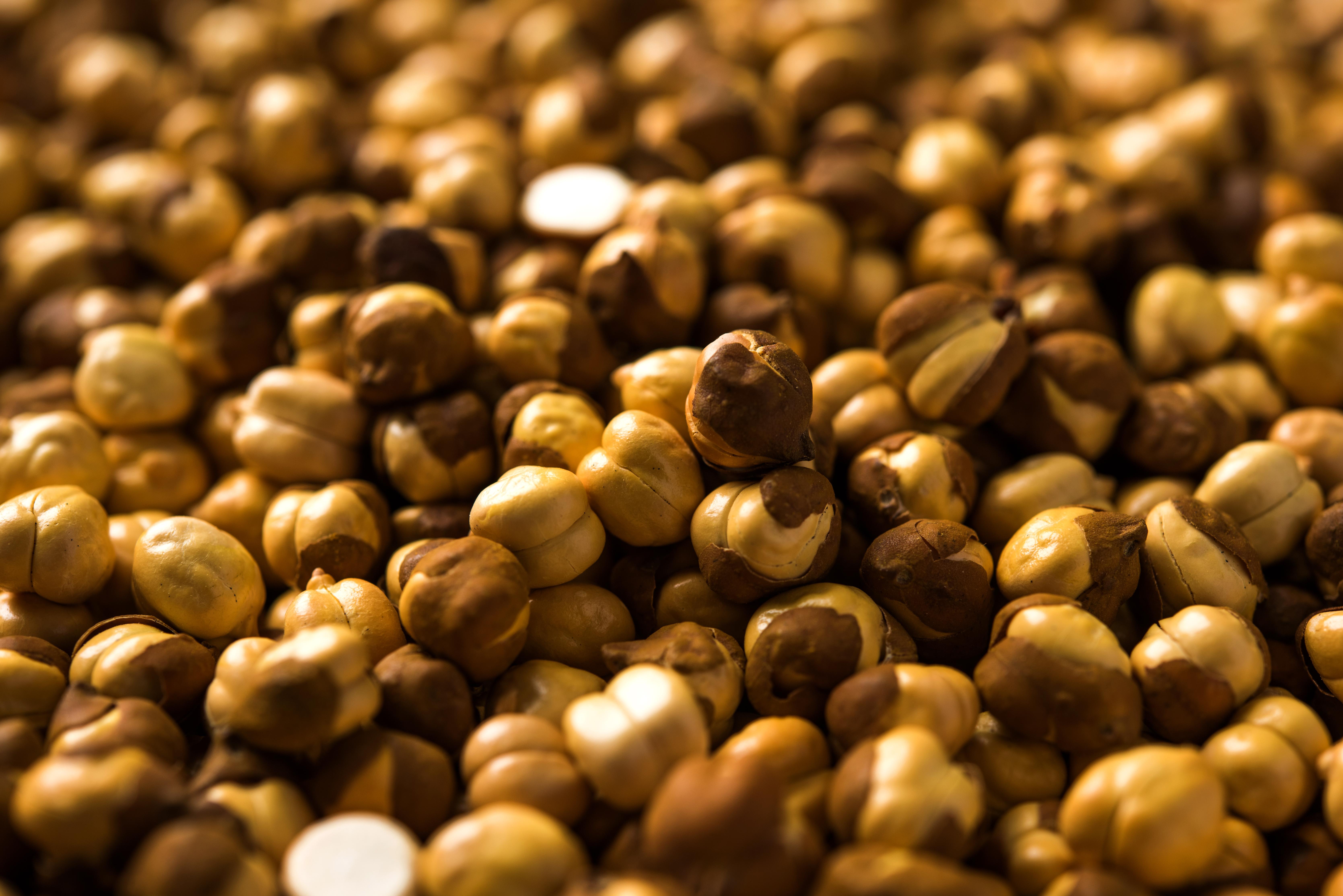
Chickpeas, or garbanzo beans, are a stellar source of both soluble and insoluble fiber, making them ideal for digestive and blood sugar health. With around 12 grams of fiber per cup, they help reduce glucose absorption and improve satiety. Their natural starches are slowly digested, leading to a steadier post-meal insulin response. Chickpeas also provide plant-based protein and micronutrients like magnesium and folate. Whether blended into hummus, tossed into grain bowls, or roasted for a crunchy snack, they’re a versatile ingredient that works just as well in savory meals as it does in snack prep.
6. Berries (Especially Raspberries and Blackberries)

Berries are one of the most blood sugar–friendly fruits you can eat. Raspberries and blackberries are especially potent, packing 8 grams of fiber per cup and relatively low natural sugar. Their deep color signals high levels of anthocyanins—plant compounds that have been linked to improved insulin sensitivity and reduced inflammation. Unlike high-glycemic fruits, berries release their sugars slowly and offer antioxidant protection in the process. They’re excellent on their own, with yogurt, in smoothies, or even sprinkled on salads. When sweet cravings hit, berries satisfy without sabotaging your glucose.
7. Sweet Potatoes (With Skin)

Sweet potatoes are a complex carbohydrate that earns their spot on any blood sugar–friendly list—especially when eaten with the skin. They contain both soluble and insoluble fiber, slow-digesting starches, and key nutrients like potassium and beta-carotene. The skin adds additional fiber, helping to moderate how quickly sugar is absorbed into the bloodstream. Compared to white potatoes, sweet potatoes have a lower glycemic index and offer a longer-lasting source of energy. Roast them, mash them, or cube them into grain bowls. They’re sweet by nature but balanced by structure—a rare trait in starchy vegetables.
8. Quinoa
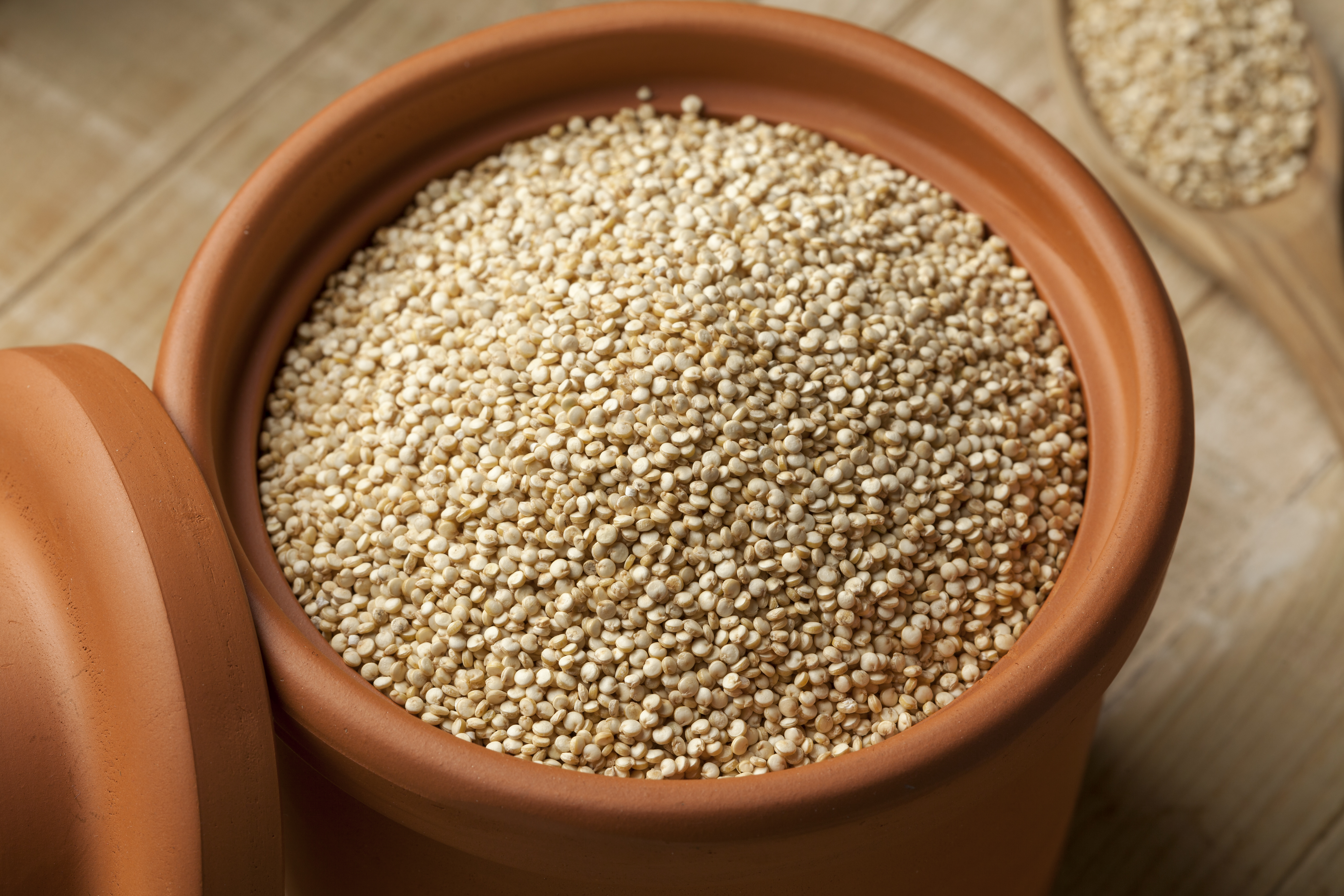
Quinoa is often labeled a supergrain, but it's technically a seed—and one that plays remarkably well with blood sugar. It’s a complete protein, meaning it contains all nine essential amino acids, which makes it more satisfying than many carb-heavy alternatives. Quinoa is also rich in fiber, magnesium, and antioxidants. Its low glycemic index means it digests gradually, supporting steady glucose and insulin levels. Use quinoa as a base for bowls, pilafs, or salads. Its mild flavor and fluffy texture make it an ideal canvas for both savory and sweet pairings—proof that a “grain” can be both hearty and metabolic-friendly.
9. Flaxseeds
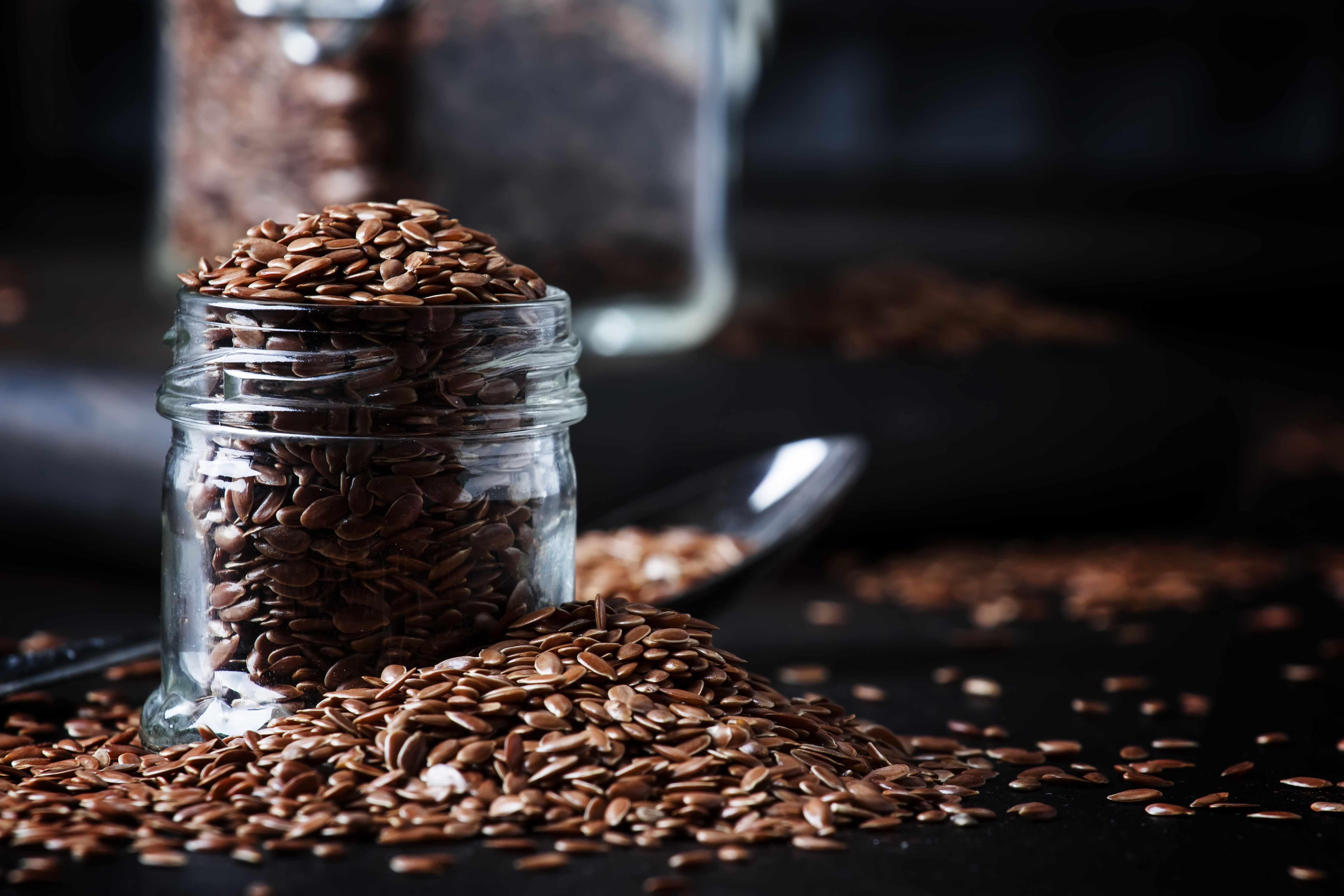
Ground flaxseeds are one of the most efficient fiber boosters around. Just two tablespoons deliver nearly 6 grams of fiber—mostly soluble—and a powerful dose of omega-3s. Their gel-like consistency when mixed with liquid helps slow digestion, improve cholesterol levels, and support balanced blood sugar. Flaxseeds are also lignan-rich, offering hormonal and anti-inflammatory benefits. Always use them ground, as whole seeds pass through undigested. Sprinkle them into oatmeal, smoothies, pancake batter, or even over vegetables. Their nutty flavor blends easily into most foods, and their metabolic benefits start with just a spoonful a day.
10. Brussels Sprouts
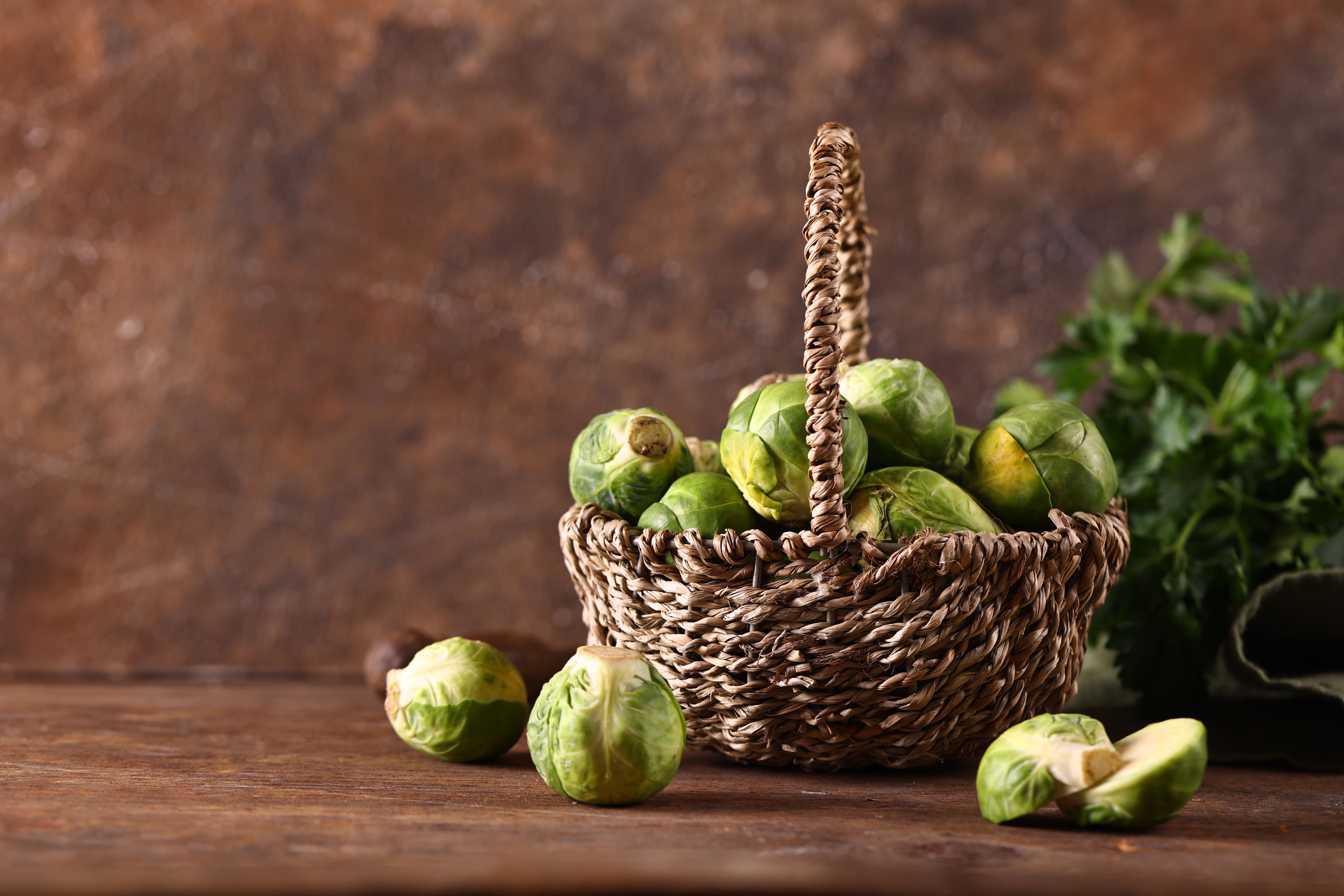
Brussels sprouts are a cruciferous vegetable loaded with fiber, antioxidants, and plant compounds that support insulin sensitivity. One cup contains 3–4 grams of fiber, which helps stabilize blood sugar after meals. These little cabbages also contain alpha-lipoic acid, which may improve glucose uptake at the cellular level. Roasting enhances their natural sweetness and makes them a delicious side dish or salad topping. Shaved raw into slaws or sautéed with olive oil and lemon, they’re a gut-friendly, blood sugar–balancing addition to any meal. Plus, their bitter notes support liver detox pathways, adding to their systemic benefits.
11. Pears (With Skin)
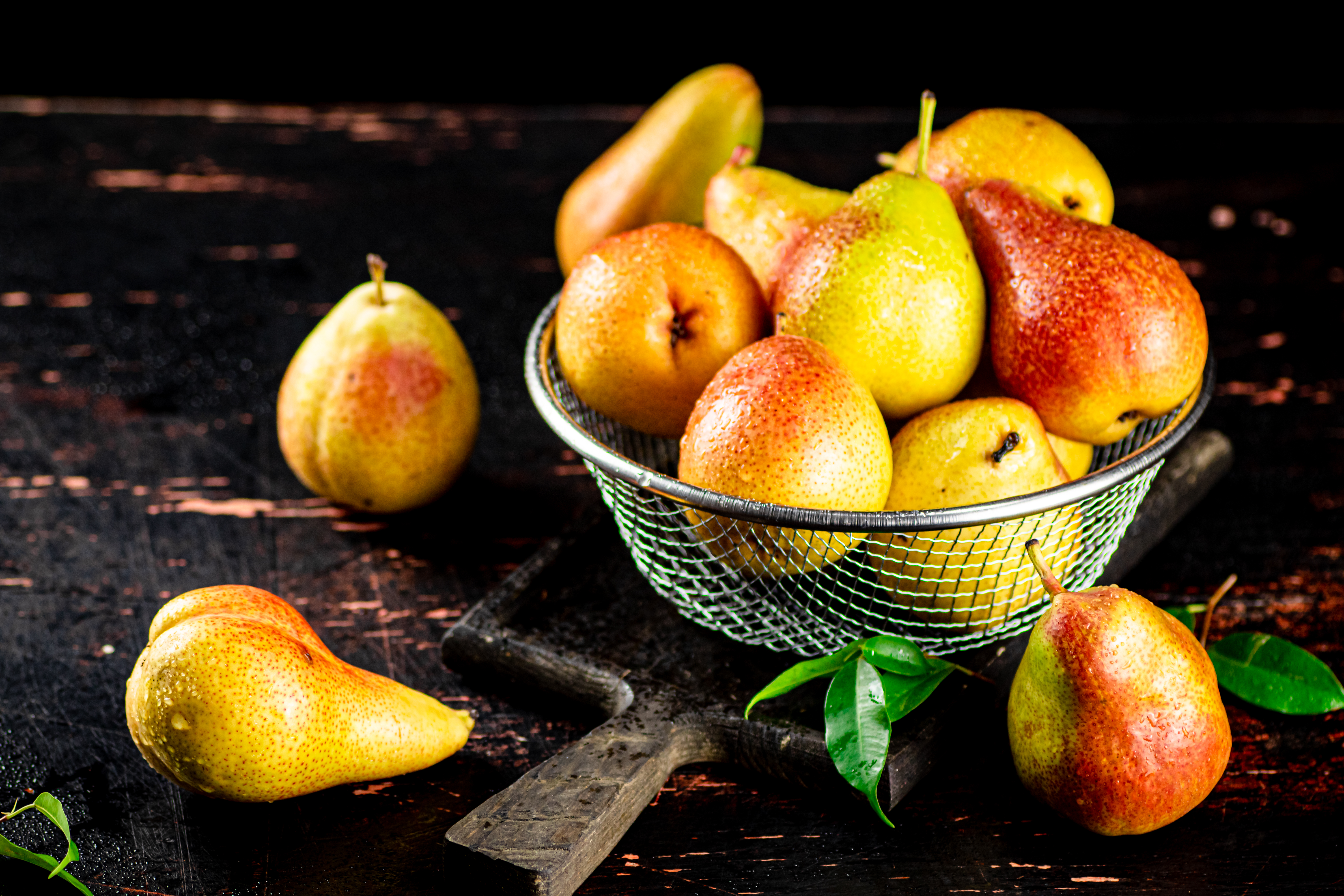
Pears are one of the most fiber-rich fruits, especially when eaten with the skin. A medium pear provides around 6 grams of fiber, including soluble fiber that slows carbohydrate absorption and blunts blood sugar spikes. Their sweetness satisfies sugar cravings, but the fiber ensures a gradual release of glucose into the bloodstream. Pears also offer antioxidants like flavonoids and vitamin C, supporting overall metabolic and immune health. They’re excellent fresh, roasted, or sliced into salads. When you're looking for a sweet option that plays nice with your pancreas, a ripe pear—with the skin—is as close to perfect as fruit gets.
12. Barley
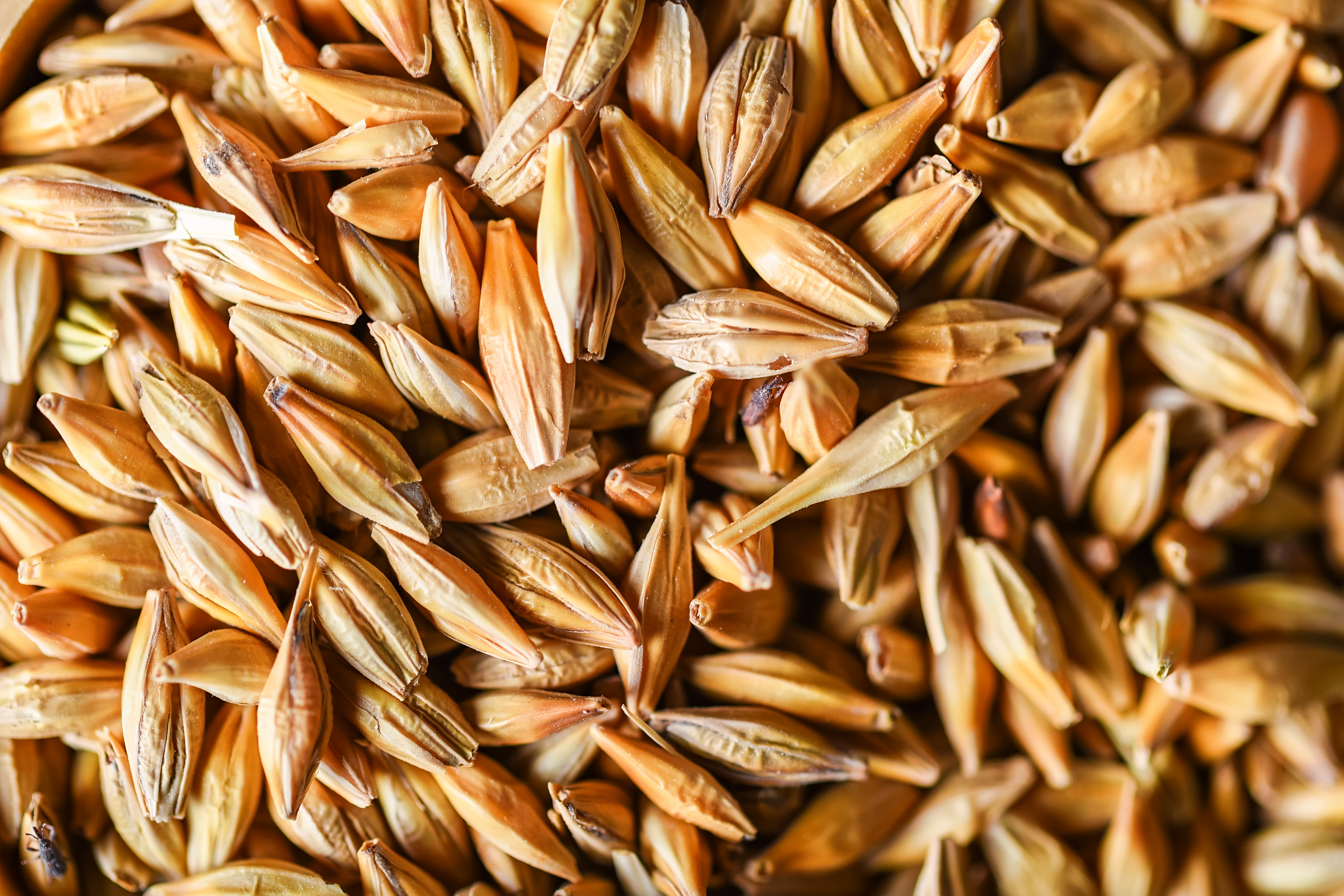
Often overlooked in favor of trendier grains, barley is actually one of the best foods for blood sugar control. Its high beta-glucan content—a form of soluble fiber—slows digestion and improves insulin response. Barley also contains resistant starch, which feeds beneficial gut bacteria and further helps modulate glucose levels. Choose hulled or pearled barley for soups, stews, or warm grain salads. It has a chewy texture and nutty flavor that make it satisfying and versatile. Unlike white rice or pasta, barley offers lasting fullness without the crash, making it a smart grain swap for long-term metabolic health.
13. Broccoli: The Green Powerhouse for Glucose Control
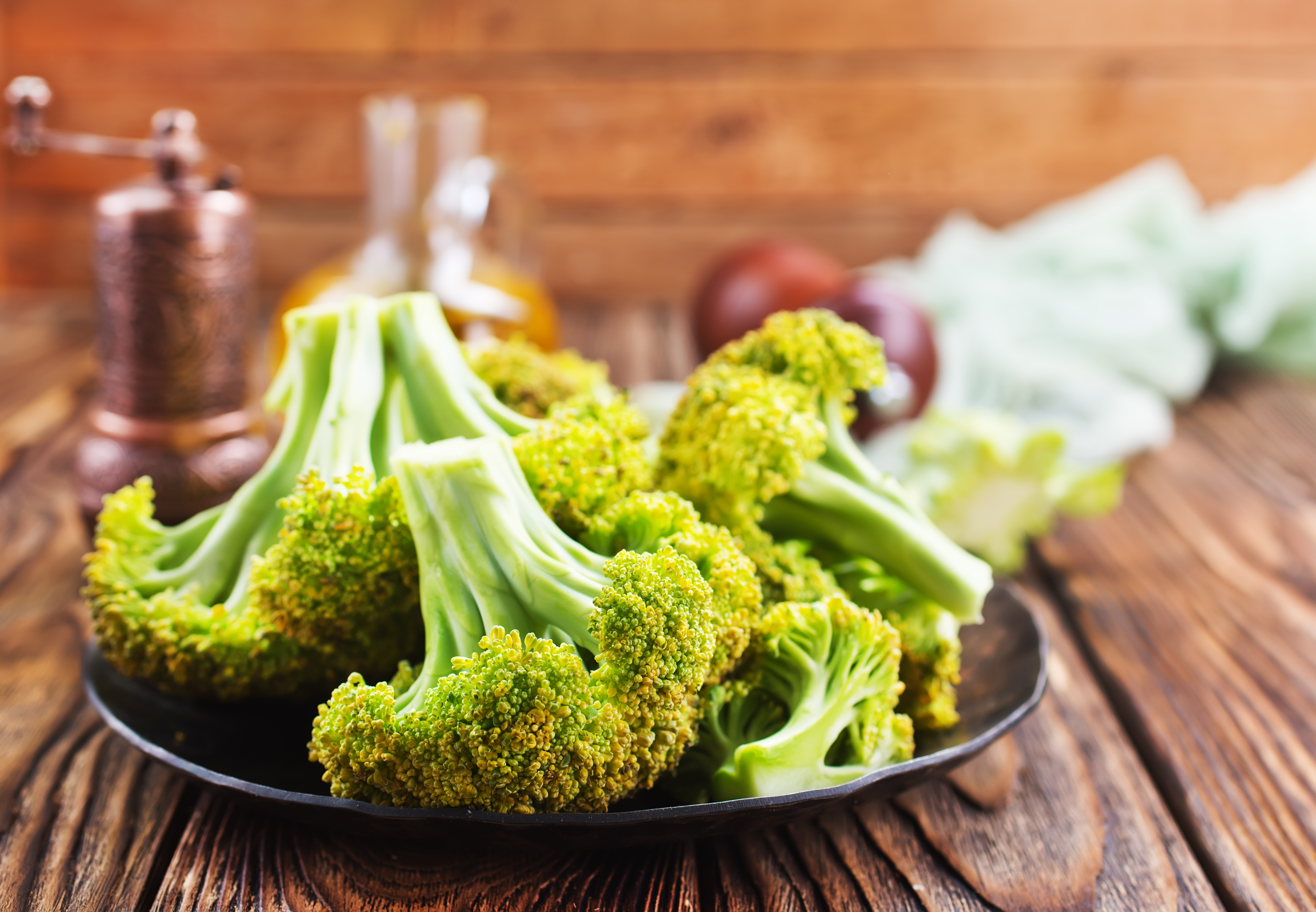
Beyond its general health benefits, broccoli is an ingenious ally for blood sugar management. This cruciferous vegetable is rich in both fiber (around 5g per cup) and sulforaphane, a compound that supports insulin sensitivity and reduces oxidative stress. It also contains chromium, a trace mineral vital for insulin function. Steamed, roasted, or stir-fried, broccoli's low glycemic load and nutrient density help prevent blood sugar spikes while providing sustained energy, making it a versatile and potent addition to any blood-sugar-conscious meal.
14. Black Beans: A Low-Glycemic Legume Hero
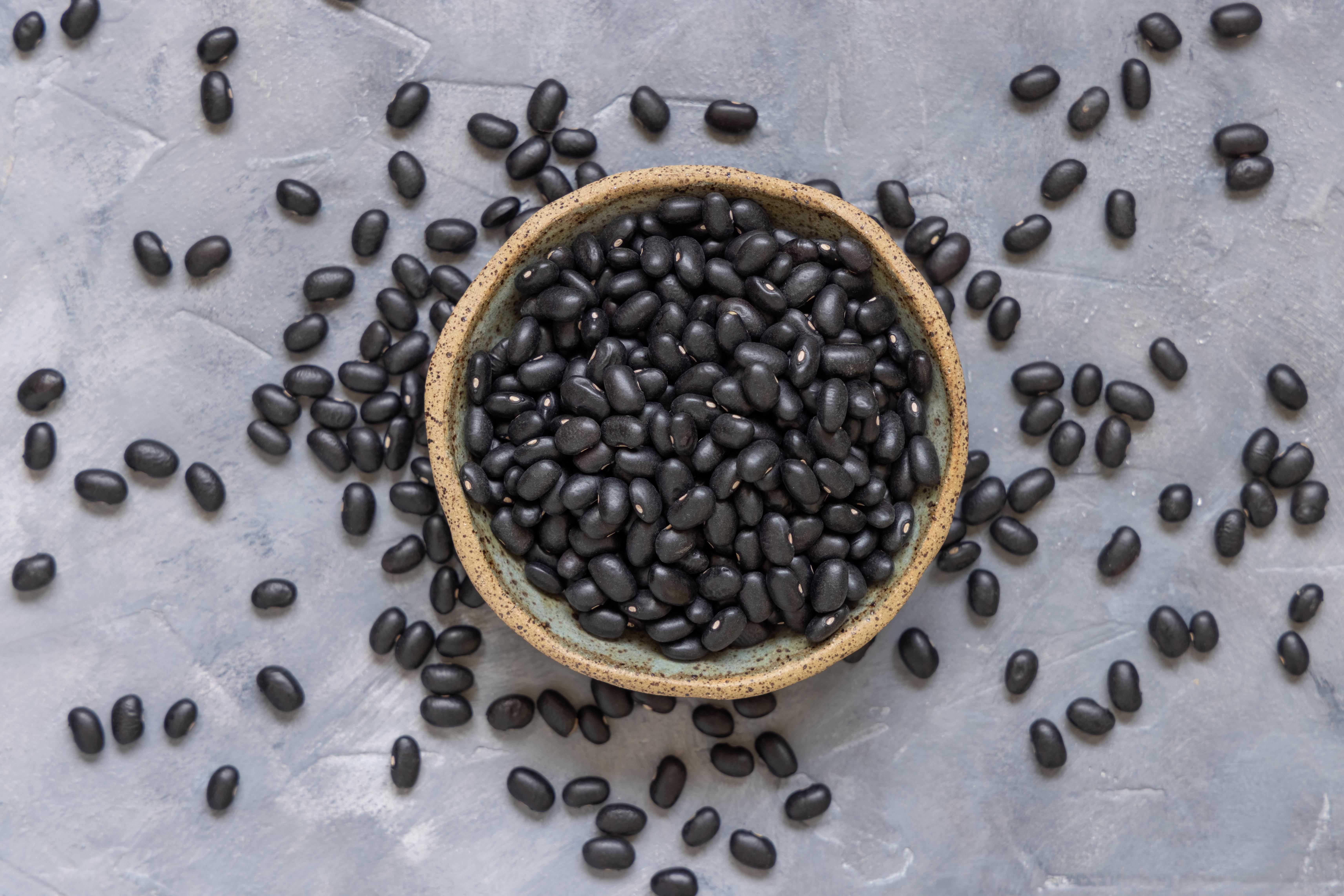
Black beans are often a forgotten hero in the world of blood sugar management. They offer an impressive combination of soluble and insoluble fiber (around 15g per cup) and plant-based protein, which collectively slow digestion and glucose absorption. Their high resistant starch content further contributes to a gentle post-meal blood sugar response and feeds beneficial gut bacteria. Whether tossed into salads, pureed into dips, or simmered in chili, black beans provide a delicious, affordable, and incredibly effective way to stabilize your glucose levels.
15. Spinach (and Dark Leafy Greens): The Silent Regulators
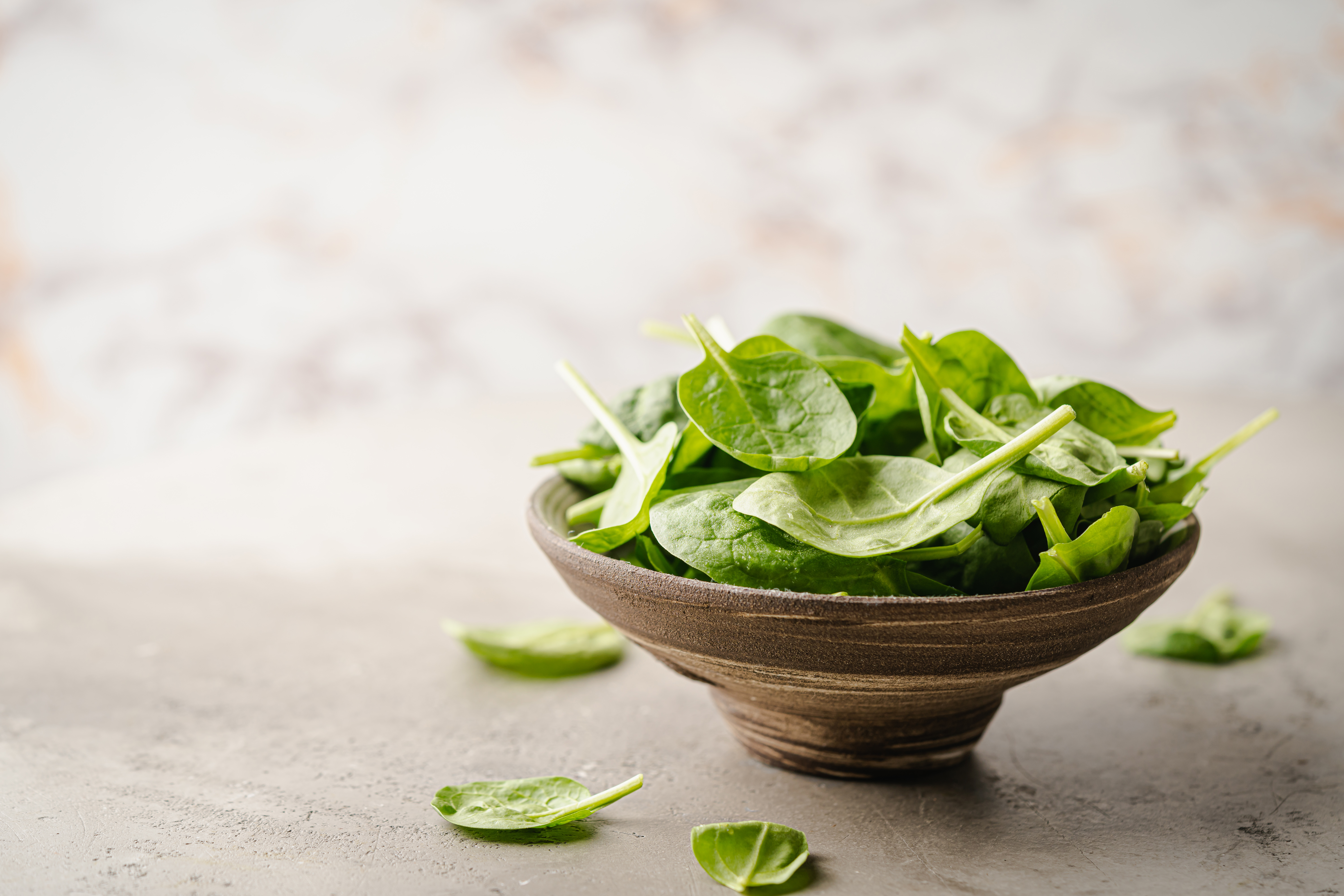
Dark leafy greens like spinach, kale, and Swiss chard are silent, powerful regulators of blood sugar. While not primarily known for fiber volume, they are packed with magnesium, a mineral critical for insulin function, and alpha-lipoic acid, which may improve glucose uptake. Their extremely low glycemic index means they have virtually no impact on blood sugar. Add them generously to smoothies, omelets, salads, or sautéed as a side. These greens offer a nutrient-dense, low-calorie punch that subtly but effectively supports glucose control and overall metabolic health.
16. Green Bananas: The Resistant Starch Revelation
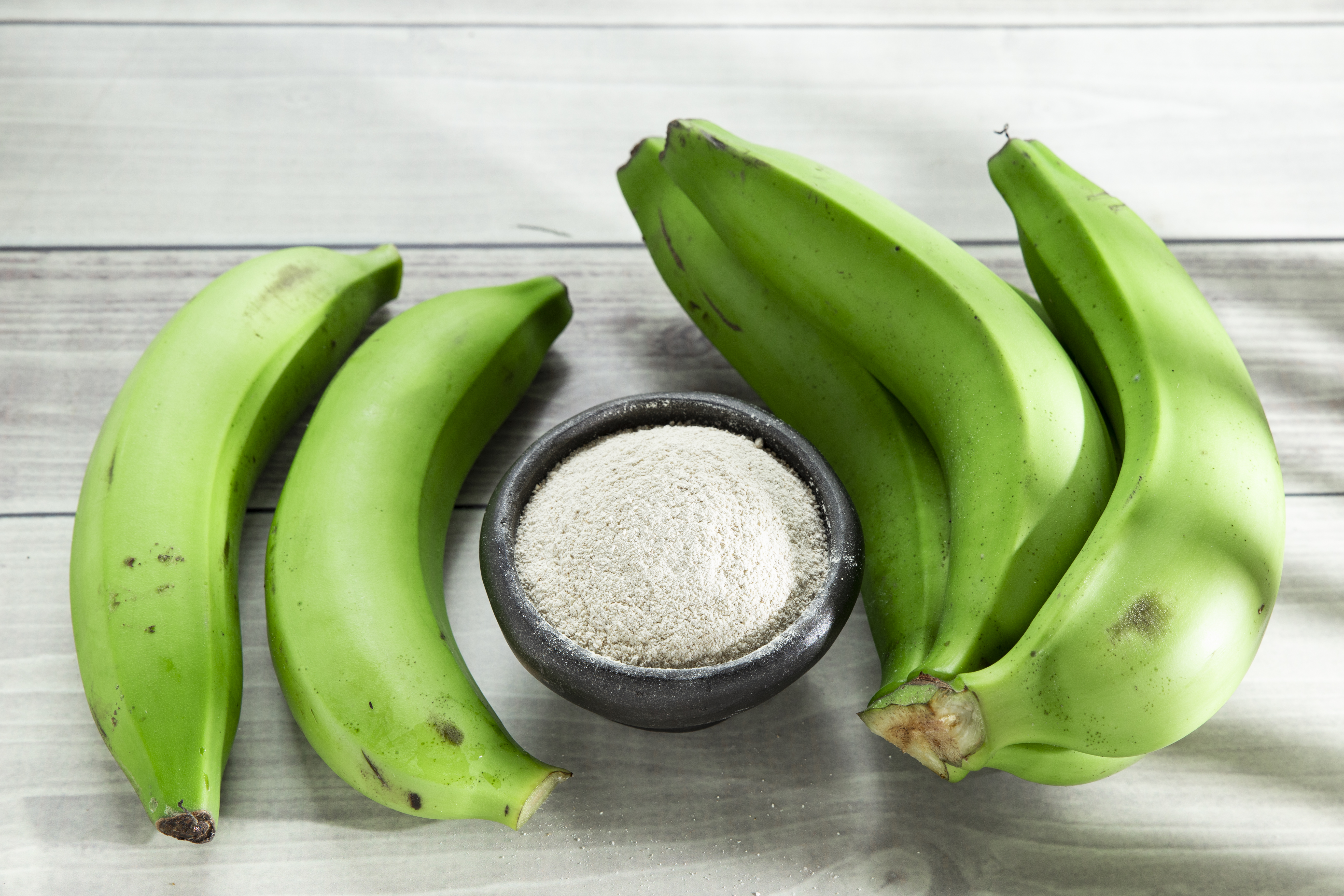
Before they ripen, green bananas are an ingenious source of resistant starch, a type of carbohydrate that behaves more like fiber than sugar. This starch is not digested in the small intestine but ferments in the large intestine, feeding beneficial gut bacteria and improving insulin sensitivity. As bananas ripen, resistant starch converts to sugar, so the greener, the better for blood sugar. Blend them into smoothies or boil/steam them as a starchy side dish. This simple fruit offers a surprisingly potent way to manage glucose and nourish your gut.
17. Artichokes: The Inulin-Rich Gut Booster

Artichokes are a uniquely flavorful vegetable that offers an ingenious boost to blood sugar management, primarily through their high concentration of inulin, a powerful prebiotic fiber. Inulin travels undigested to the colon, where it feeds beneficial gut bacteria. A healthy gut microbiome, in turn, plays a crucial role in improving insulin sensitivity and regulating blood sugar. Steamed, grilled, or roasted, artichokes are a delicious way to enhance both gut health and glucose control, proving that complex flavors can come with compelling health benefits.
18. Fermented Vegetables (e.g., Sauerkraut, Kimchi): The Gut-Blood Sugar Link
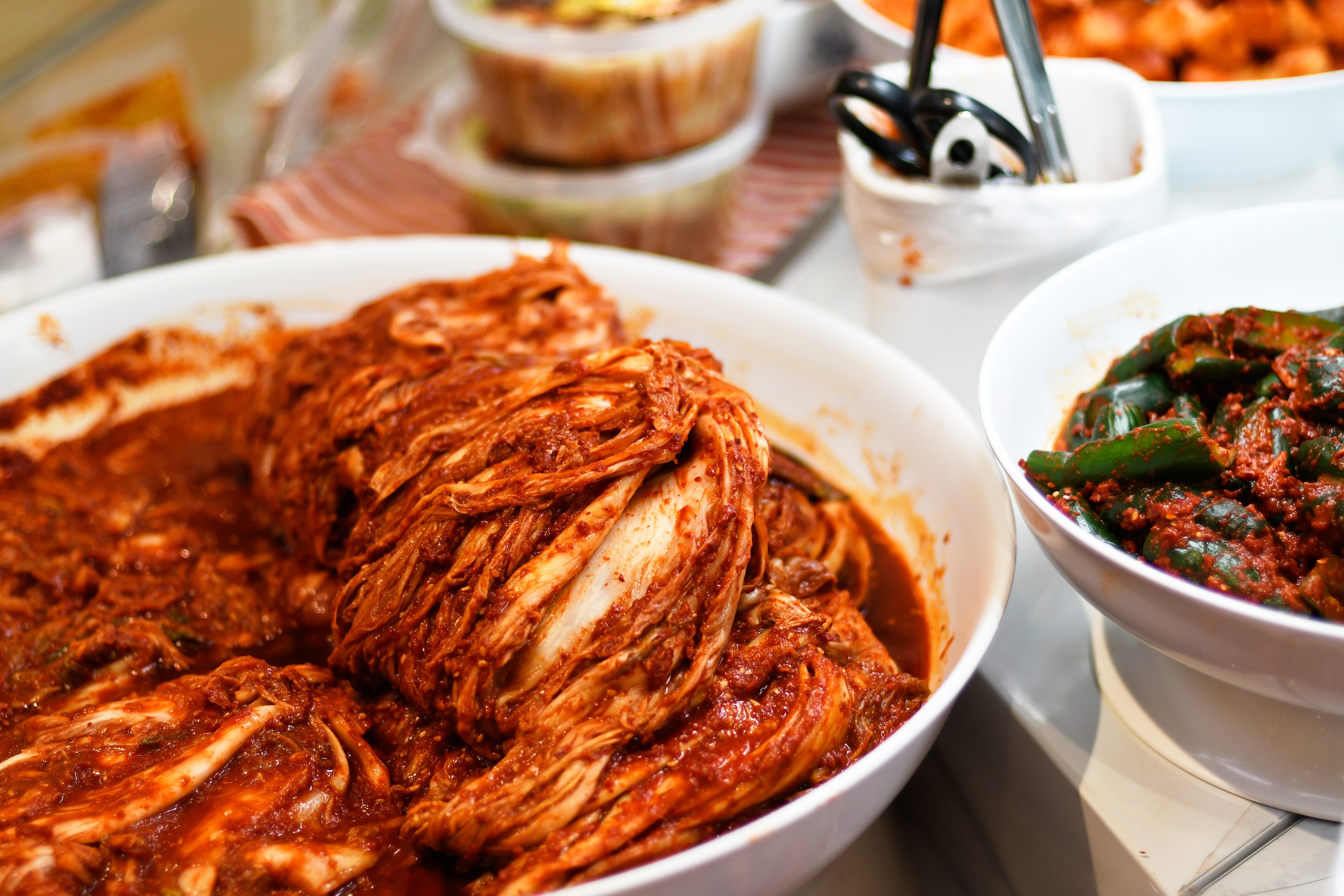
Fermented vegetables like sauerkraut and kimchi are a surprising yet powerful way to influence blood sugar via the gut-brain axis. They are rich in probiotics (beneficial bacteria) and often prebiotics (fiber). This living ecosystem of microbes enhances gut health, which is intricately linked to insulin sensitivity and reduced inflammation. Including a small serving daily can improve your microbiome's balance, leading to a more stable blood sugar response and better overall metabolic function, adding a tangy, flavorful dimension to your diet.
19. Cauliflower: The Low-Carb, High-Fiber Chameleon
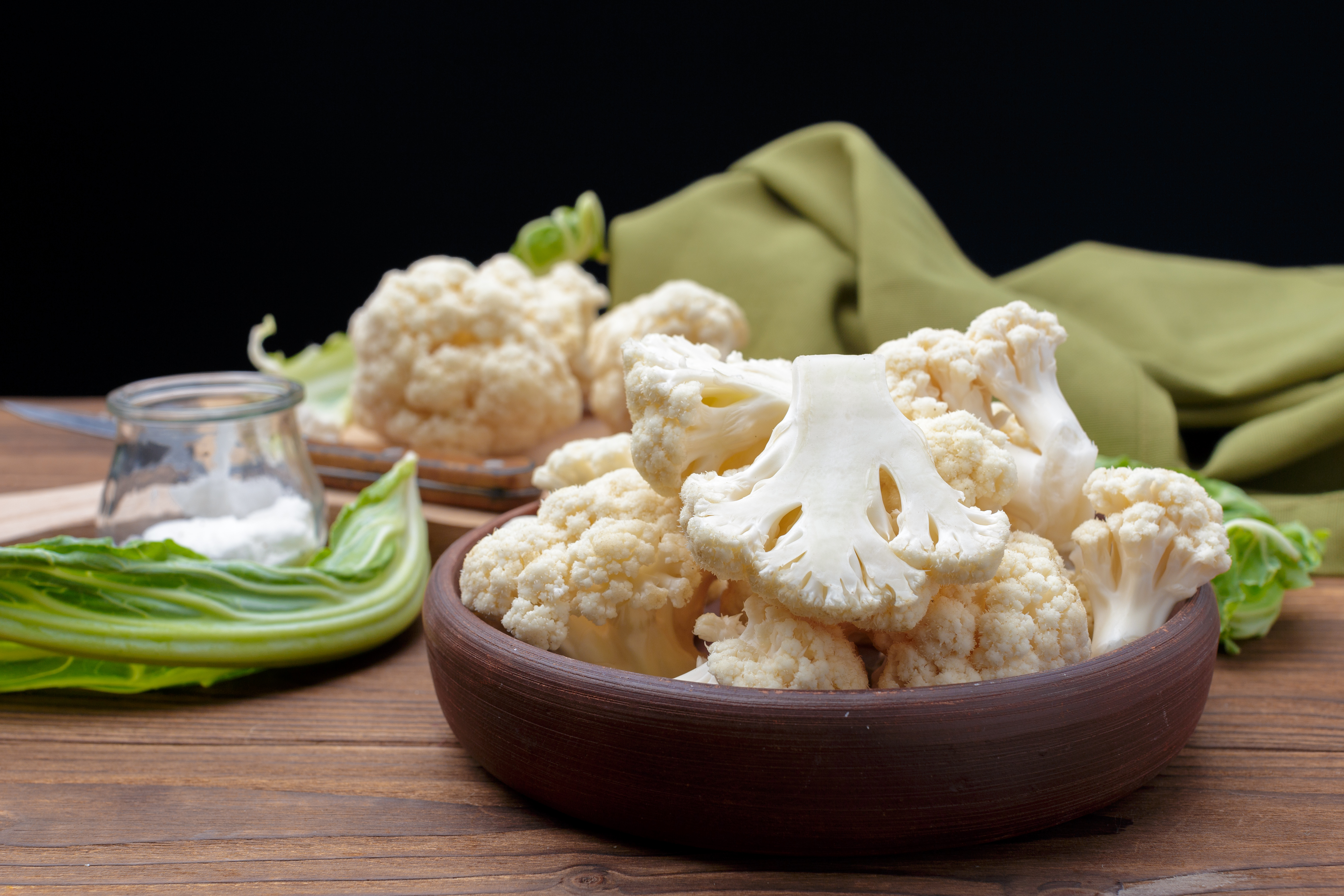
Cauliflower is an incredibly versatile, low-carb cruciferous vegetable that's an ingenious choice for blood sugar management. It's rich in fiber (around 3g per cup), which slows digestion and glucose absorption, and contains powerful antioxidants. Its neutral flavor and chameleon-like texture allow it to replace higher-glycemic carbs: rice, mashed potatoes, or even pizza crust. This makes it an invaluable tool for reducing overall carbohydrate intake while still providing satisfying bulk and essential nutrients for stable blood sugar.
20. Bell Peppers: Colorful Antioxidants for Glucose Stability
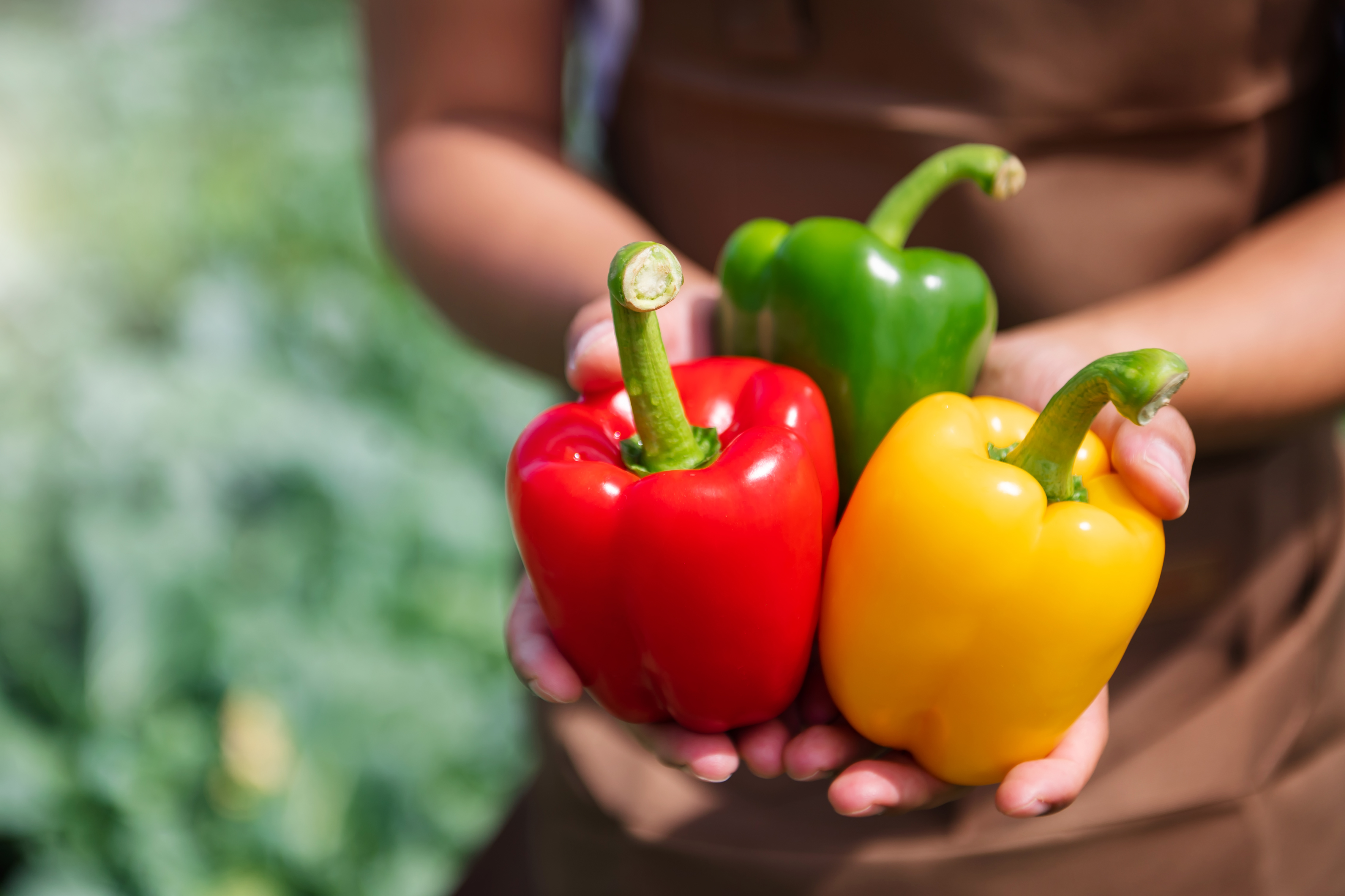
Beyond their vibrant colors, bell peppers are a deliciously ingenious addition for blood sugar stability. They are low in calories and carbohydrates but rich in fiber, vitamins (especially Vitamin C), and powerful antioxidants like capsaicinoids (in some varieties) and carotenoids. These compounds help reduce inflammation and oxidative stress, which can improve insulin sensitivity. Enjoy them raw as a crunchy snack, sautéed in stir-fries, or roasted as a side dish. Their natural sweetness satisfies without spiking blood sugar, making them a versatile and flavorful ally.
21. Asparagus: The Chromium-Rich Stalk
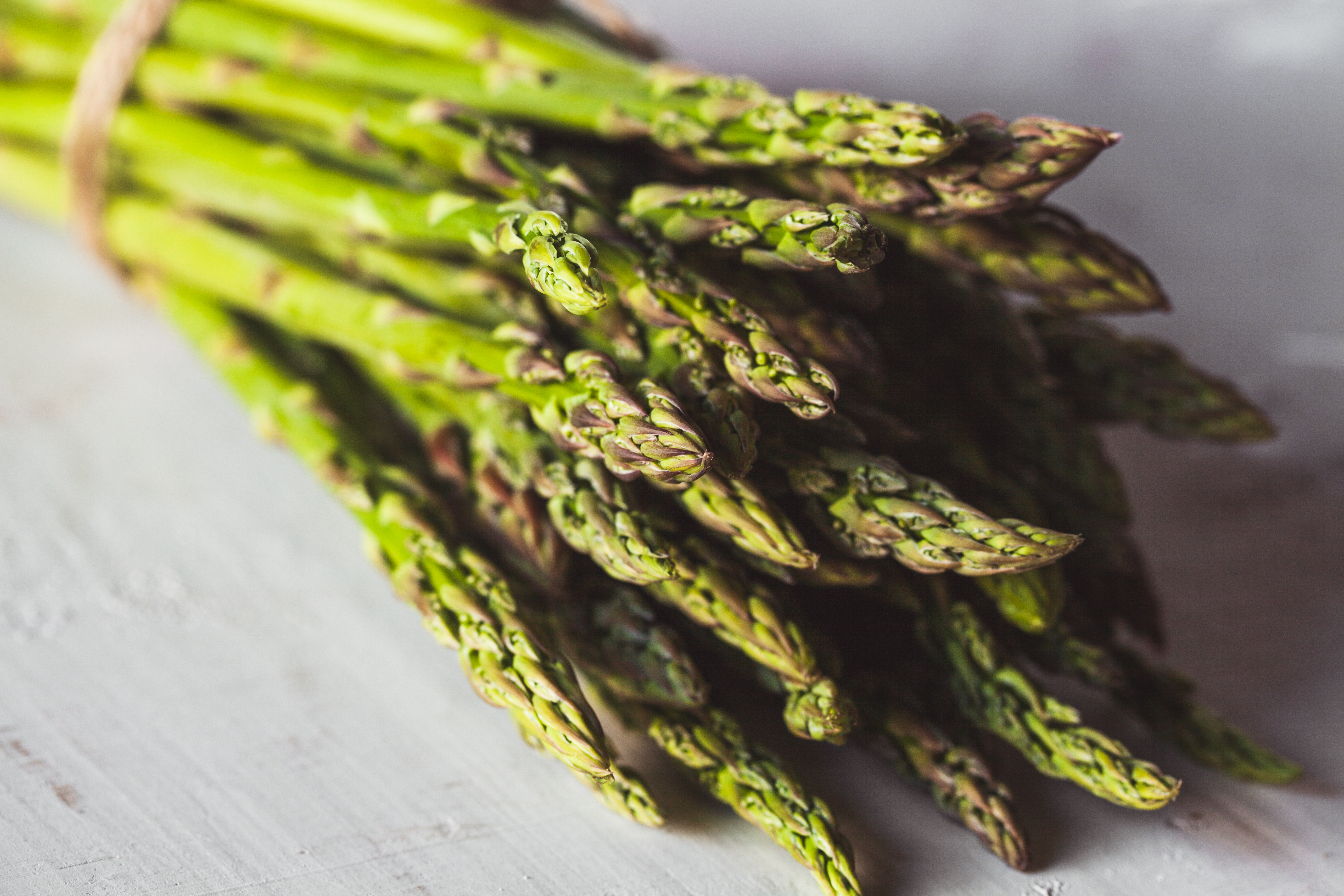
Asparagus is a lean, green stalk that offers a surprisingly potent punch for blood sugar control. It's a good source of chromium, a trace mineral that plays a crucial role in insulin action, helping to transport glucose from the bloodstream into cells. Asparagus is also low in carbohydrates and rich in fiber (around 3g per cup), contributing to a stable glycemic response. Steamed, grilled, or roasted, these tender spears provide valuable nutrients and support healthy blood sugar levels, making them a smart and delicious addition to any meal.
22. Mung Beans: The Quick-Cooking, Blood Sugar Balancer

Mung beans, often overlooked in favor of more common legumes, are an ingenious and highly digestible addition for blood sugar management. They are packed with soluble fiber and plant-based protein, promoting slow digestion and preventing rapid glucose spikes. Mung beans have a lower glycemic index than many other legumes and cook relatively quickly. Use them in soups, curries, or sprouted in salads. Their mild, slightly sweet flavor makes them incredibly versatile and an excellent, affordable source of complex carbohydrates for sustained energy and stable blood sugar.
23. Pumpkin Seeds: Magnesium-Rich and Glucose Friendly

Pumpkin seeds (aka pepitas) may be tiny, but they’re loaded with magnesium—a critical mineral for blood sugar regulation and insulin sensitivity. Just a quarter cup delivers nearly half your daily magnesium needs, along with protein, fiber, and healthy fats that help slow glucose absorption. Their crunch satisfies snack cravings while offering metabolic benefits that rival larger pantry players. Sprinkle them over yogurt, salads, soups, or blend into seed butter. Pumpkin seeds are shelf-stable, nutrient-dense, and an easy way to fortify meals with ingredients that truly do the work behind the scenes.
24. Red Cabbage: Crunchy, Colorful, and Glycemic-Smart
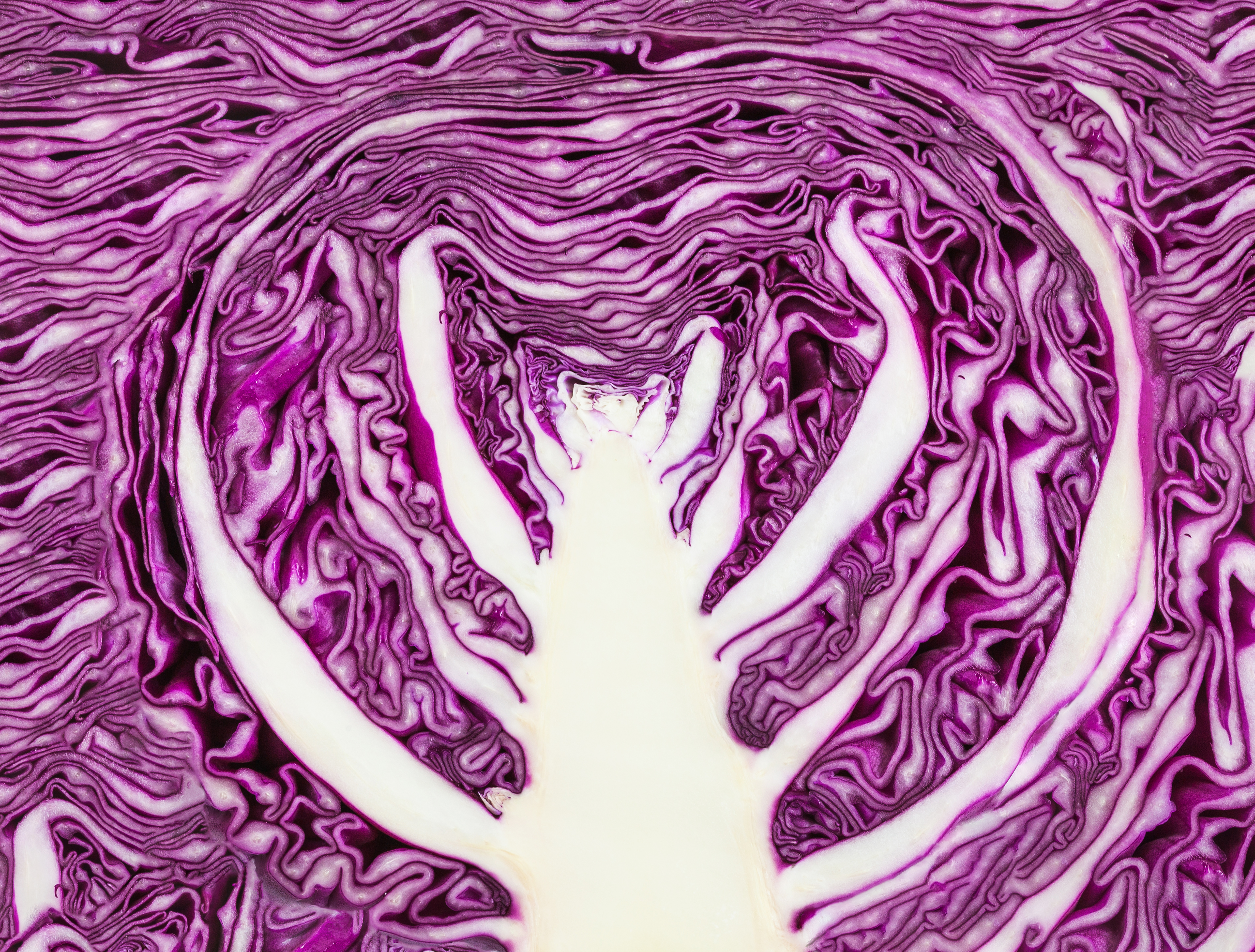
Red cabbage brings more than crunch and color—it’s a fiber-rich cruciferous vegetable with powerful anthocyanins that have been linked to improved insulin sensitivity and reduced blood sugar spikes. Its glycemic load is practically negligible, making it an ideal base for slaws, salads, and wraps. Plus, it’s affordable, widely available, and long-lasting in the fridge. Try massaging it with lemon juice for a tangy, gut-friendly side or tossing it into stir-fries for texture and anti-inflammatory support. This humble veggie is proof that not all superheroes wear capes—some just show up shredded on your plate.
25. Cinnamon: The Sweet Spice That Stabilizes

Cinnamon isn’t just flavorful—it’s functional. Studies suggest it can mimic insulin and improve cells’ ability to absorb glucose. Its active compound, cinnamaldehyde, may help lower fasting blood sugar and blunt post-meal spikes. Just half a teaspoon a day has shown measurable metabolic benefits. Sprinkle it into oatmeal, smoothies, baked goods, or even coffee for a subtly sweet flavor that won’t spike blood sugar. Choose Ceylon (“true”) cinnamon for long-term use to minimize coumarin content. With its warm aroma and clinical edge, cinnamon is the pantry spice that pulls double duty: pleasure and protection.
26. Tempeh: Fermented Protein with Glucose Perks
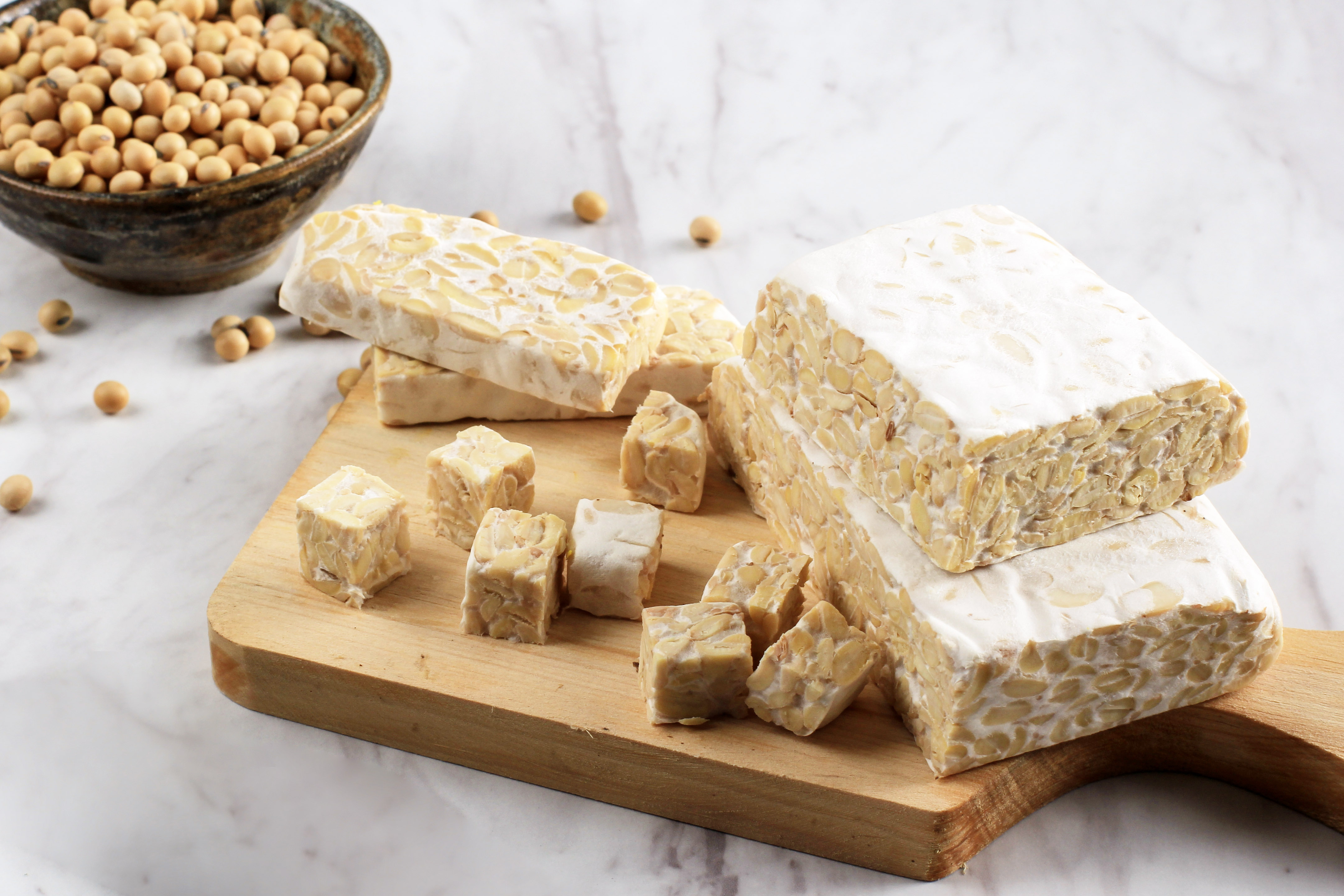
Tempeh, a fermented soybean product, is a blood sugar–friendly powerhouse that offers complete protein, gut-boosting probiotics, and insulin-regulating isoflavones. Fermentation reduces its glycemic impact while enhancing nutrient absorption, making it gentler on digestion than many other plant proteins. Its high protein and fiber content help keep blood sugar stable by slowing carb absorption and prolonging satiety. Cube it into grain bowls, stir-fry with tamari and garlic, or bake it for a crispy, savory snack. If tofu is the quiet cousin, tempeh is the bold, nutrient-dense older sibling your pantry didn’t know it needed.
27. Navy Beans: The Slow-Carb Secret Weapon

Navy beans are a small but mighty legume with serious glucose-stabilizing potential. They’re rich in soluble fiber and resistant starch—both of which slow digestion and reduce post-meal blood sugar spikes. With about 13 grams of fiber and 15 grams of protein per cup, they’re a low-glycemic alternative to more processed carbs. Their mild flavor makes them easy to blend into soups, mash into dips, or toss into salads. Budget-friendly, satisfying, and clinically beneficial, navy beans are a go-to for anyone looking to eat clean and stay steady.
28. Fatty Fish (e.g., Salmon): The Omega-3 Insulin Ally
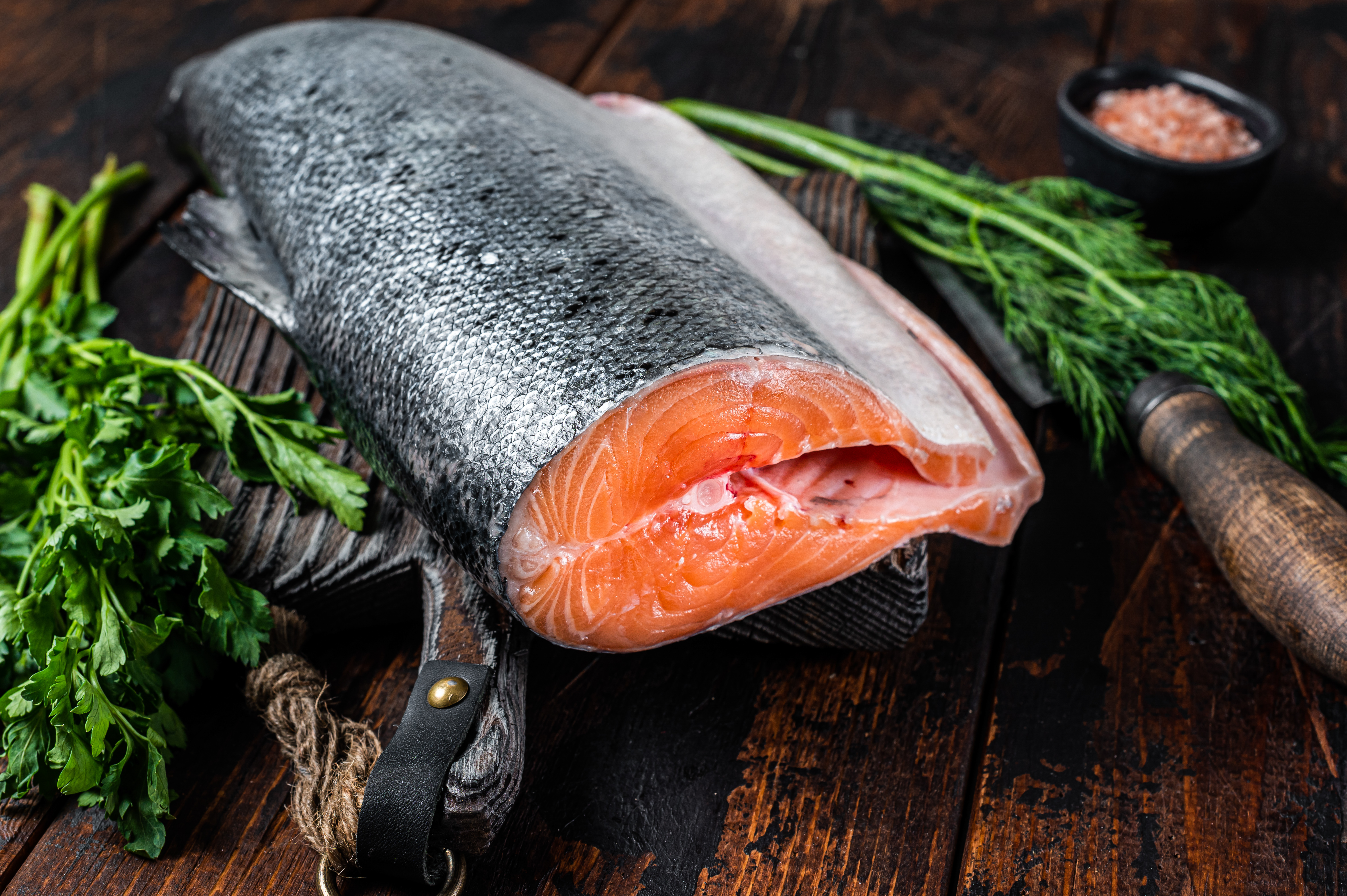
Fatty fish like salmon, mackerel, and sardines are a crucial addition to any blood sugar-conscious diet. They are rich in omega-3 fatty acids, which have been shown to significantly reduce inflammation and improve insulin sensitivity. This means your body's cells can more effectively use the insulin hormone to absorb glucose from the bloodstream. By incorporating fatty fish into your meals a couple of times a week, you're not only getting high-quality protein but also a powerful nutrient that helps regulate your metabolic function and keep blood sugar levels stable, acting as a direct ally to your insulin.
29. Apple Cider Vinegar: The Post-Meal Blood Sugar Blunter
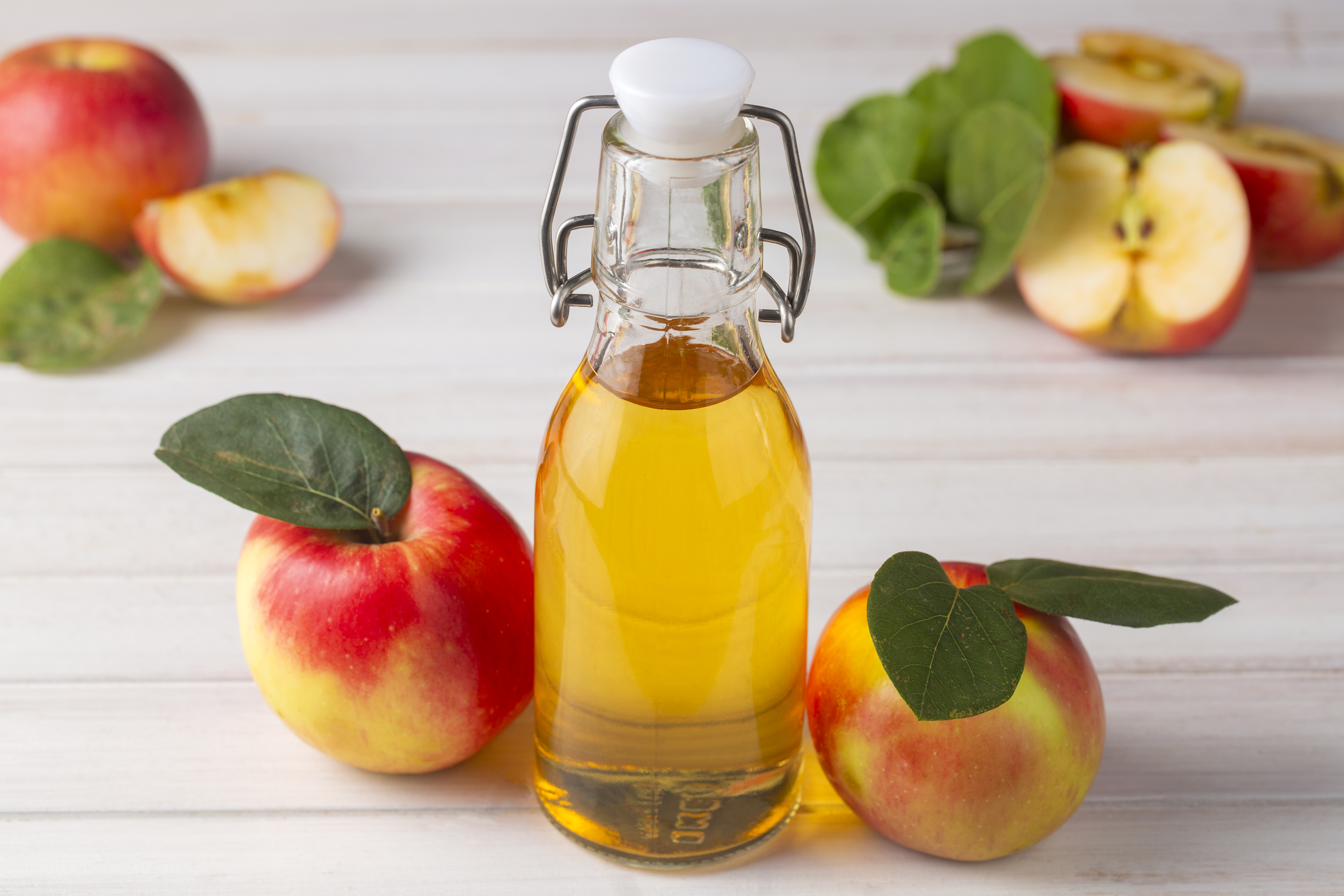
Apple cider vinegar is a simple pantry staple that offers a surprisingly potent hack for blood sugar control. Research suggests that consuming a small amount of vinegar before a high-carbohydrate meal can significantly blunt the post-meal glucose spike by slowing gastric emptying and increasing insulin sensitivity. The acetic acid in vinegar helps inhibit enzymes that break down starch into sugar, giving your body more time to process the glucose. Mix a tablespoon of apple cider vinegar with water before your meal for a proactive, easy strategy to manage your blood sugar.
30. Eggs: The Low-Glycemic Breakfast Champion

Eggs are an excellent breakfast choice for anyone aiming to stabilize blood sugar. They are packed with high-quality protein and healthy fats but contain virtually no carbohydrates, which means they won't cause a glucose spike. Starting your day with eggs helps keep you feeling full and satisfied, which can prevent mid-morning cravings for sugary snacks. Whether scrambled, poached, or fried, eggs provide a steady source of energy and set a healthy tone for the rest of your day, making them a delicious and low-glycemic champion for metabolic health.
31. Walnuts: The Crunchy, Magnesium-Rich Snack
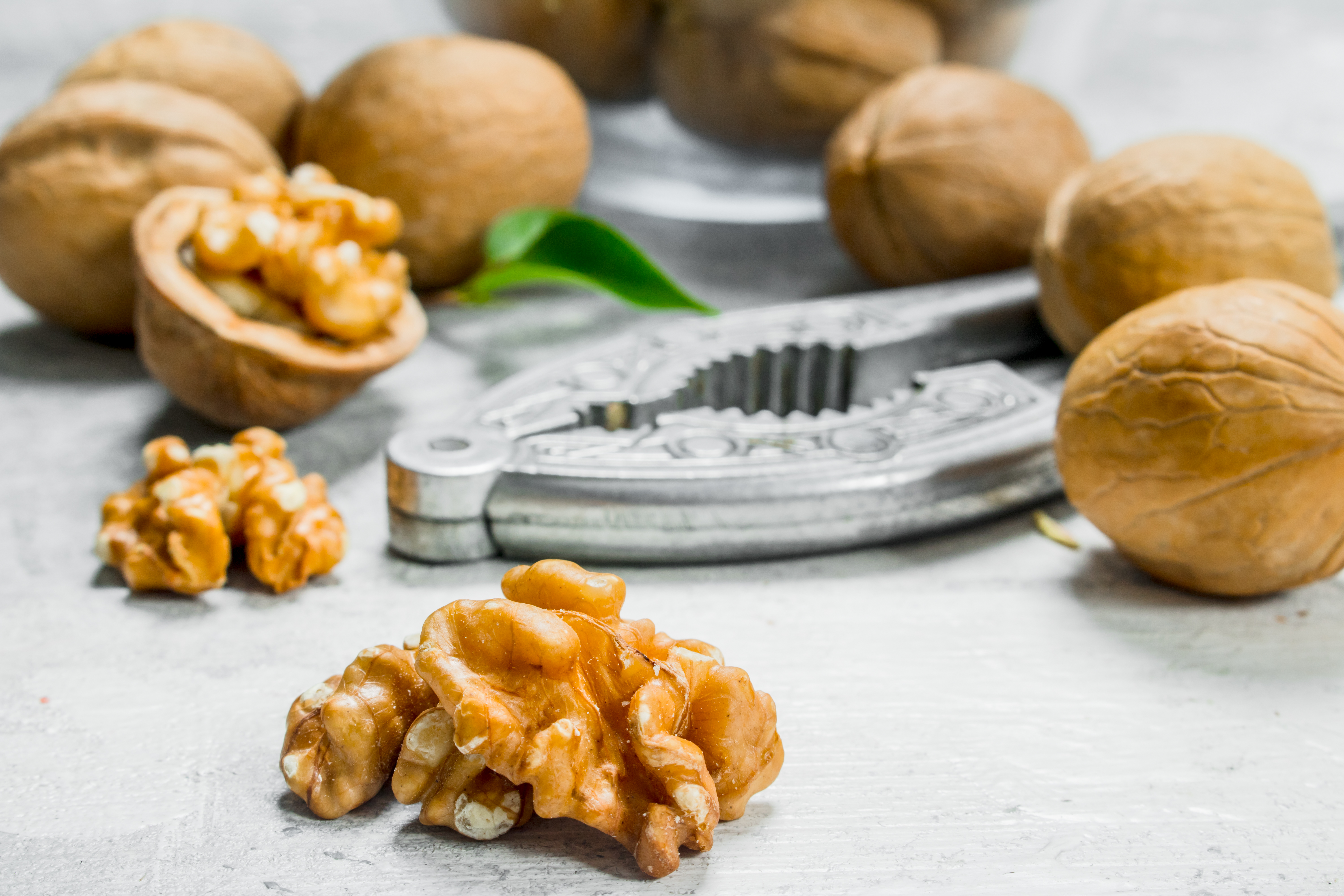
Walnuts are a fantastic snack for blood sugar control, offering a powerful combination of healthy fats, protein, and fiber. They are also one of the richest dietary sources of magnesium, a mineral that plays a crucial role in regulating insulin and blood sugar levels. Magnesium helps improve insulin's effectiveness, allowing glucose to move efficiently into cells. Snacking on a handful of walnuts can help keep you feeling full and satisfied, while their unique nutrient profile actively works behind the scenes to support your metabolic health and prevent cravings.
32. Fenugreek Seeds: The Ancient Glucose Regulator
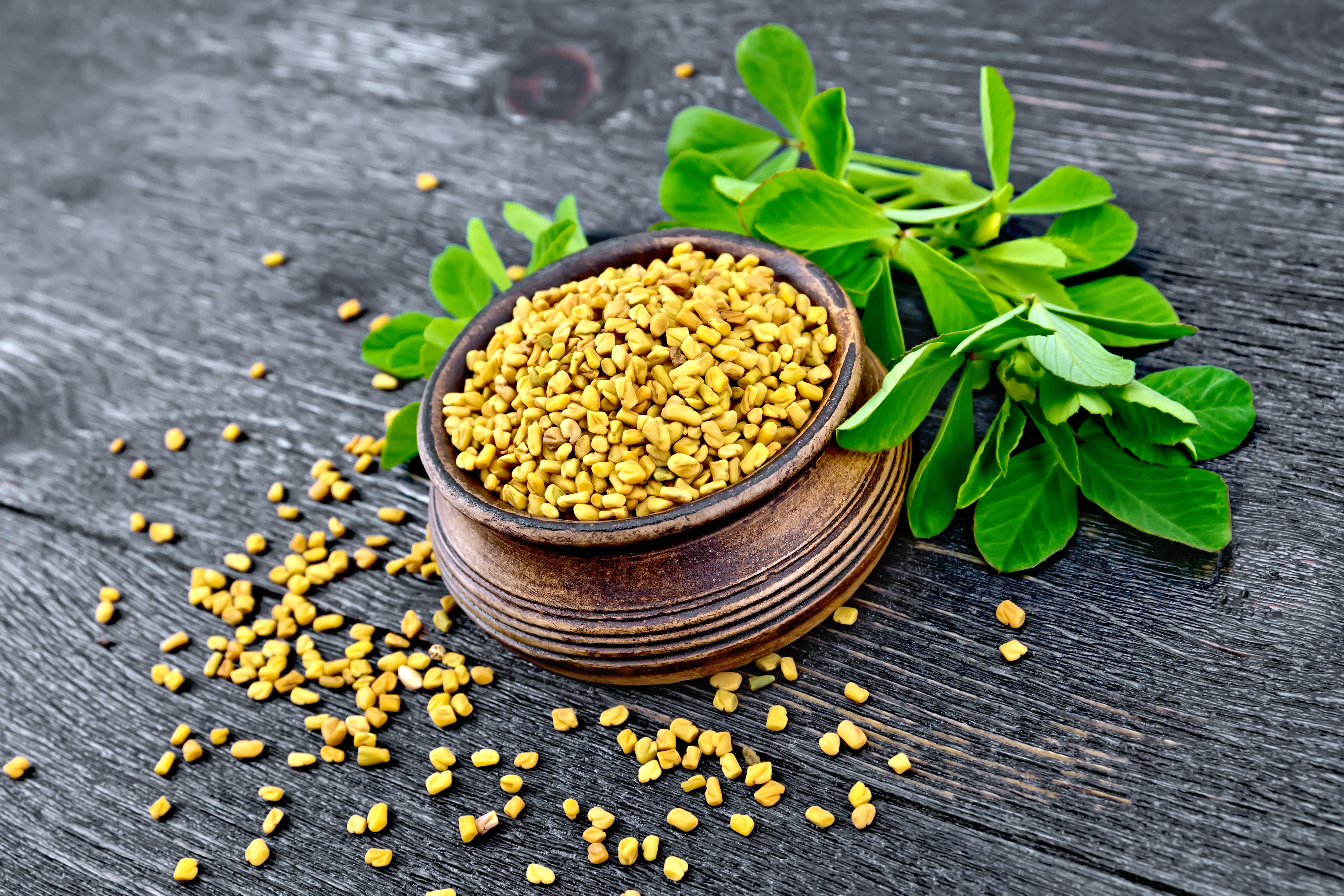
Fenugreek seeds, a common spice in Indian cuisine, have been used for centuries as a traditional remedy for blood sugar management. They are rich in soluble fiber and amino acids that have been shown to slow the absorption of carbohydrates and improve insulin function. Studies suggest that incorporating fenugreek seeds into your diet, whether as a powder in your food or steeped as a tea, can help lower fasting blood sugar and improve glucose tolerance. This ancient, functional spice is a natural and effective tool for modern blood sugar management.
33. Almonds: The Low-Glycemic Snack
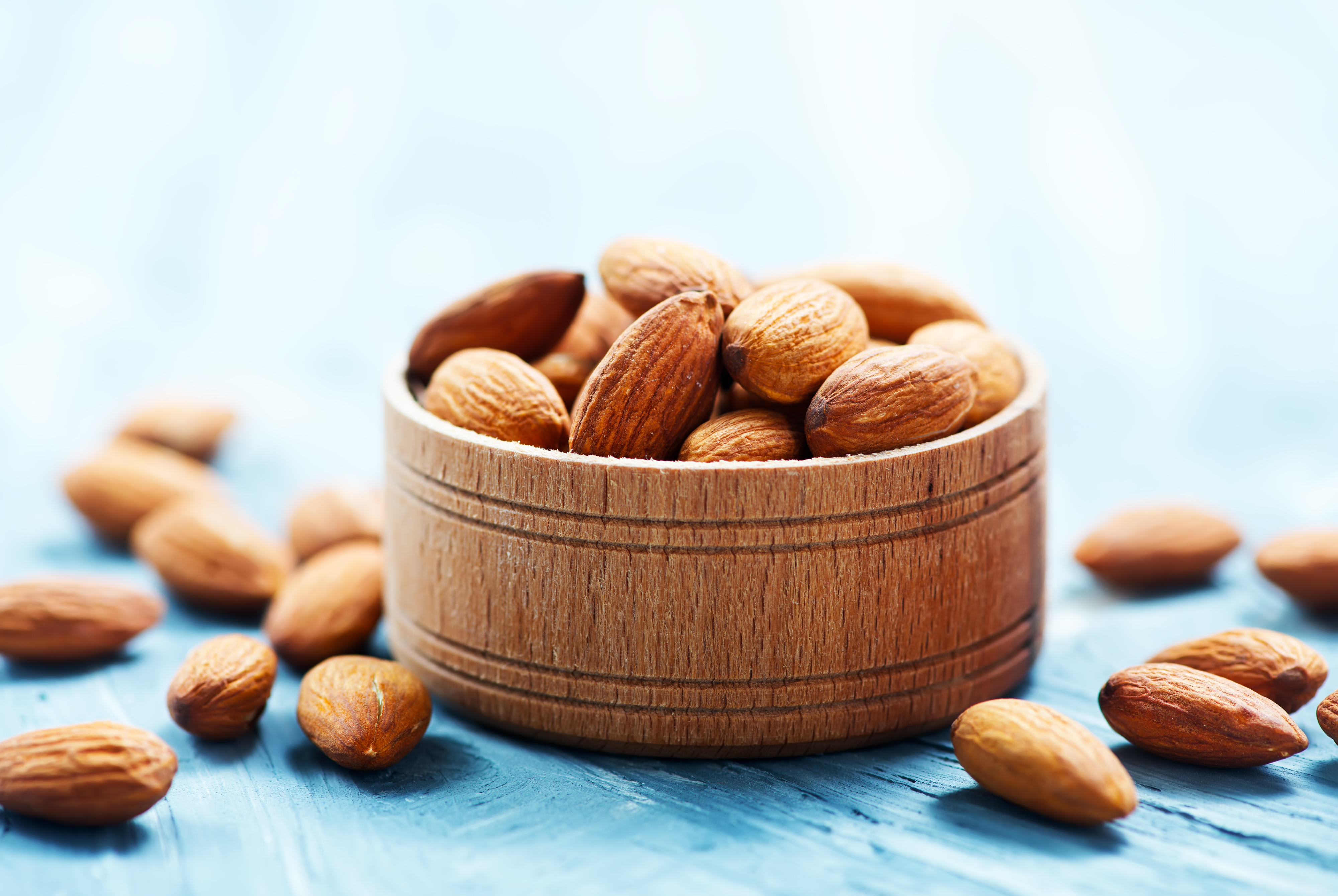
Almonds are an excellent snack for blood sugar control, offering a powerful combination of healthy fats, protein, and fiber. They are also rich in magnesium, a mineral that plays a crucial role in regulating insulin and blood sugar levels. Eating a handful of almonds before or with a meal can help slow the absorption of carbohydrates and prevent post-meal glucose spikes. Their satisfying crunch and neutral flavor make them a versatile addition to any dish, providing a metabolic benefit that helps you feel full and energized without the crash.
34. Green Tea: The EGCG Metabolism Booster
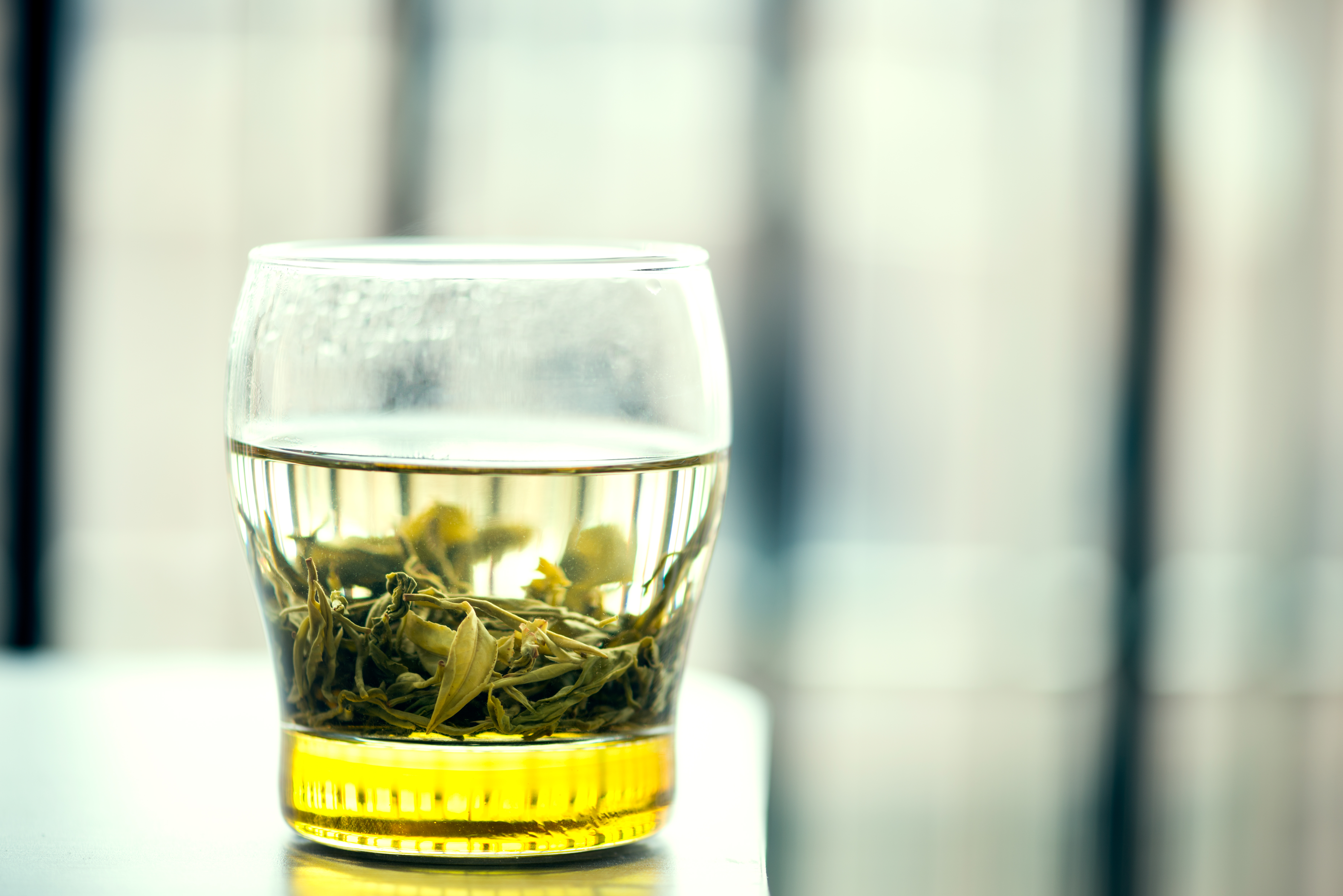
Green tea is more than a simple beverage; it's a powerful metabolic ally. It contains a high concentration of epigallocatechin gallate (EGCG), a potent antioxidant that has been shown to improve insulin sensitivity and support blood sugar control. Drinking green tea regularly can help your cells use insulin more effectively, leading to lower blood sugar levels. It also has a mild thermogenic effect, boosting metabolism and aiding in weight management. A warm cup of green tea is a delicious, simple ritual that can have profound benefits for your metabolic health.
35. Bitter Greens (e.g., Arugula, Dandelion): The Insulin Stimulators
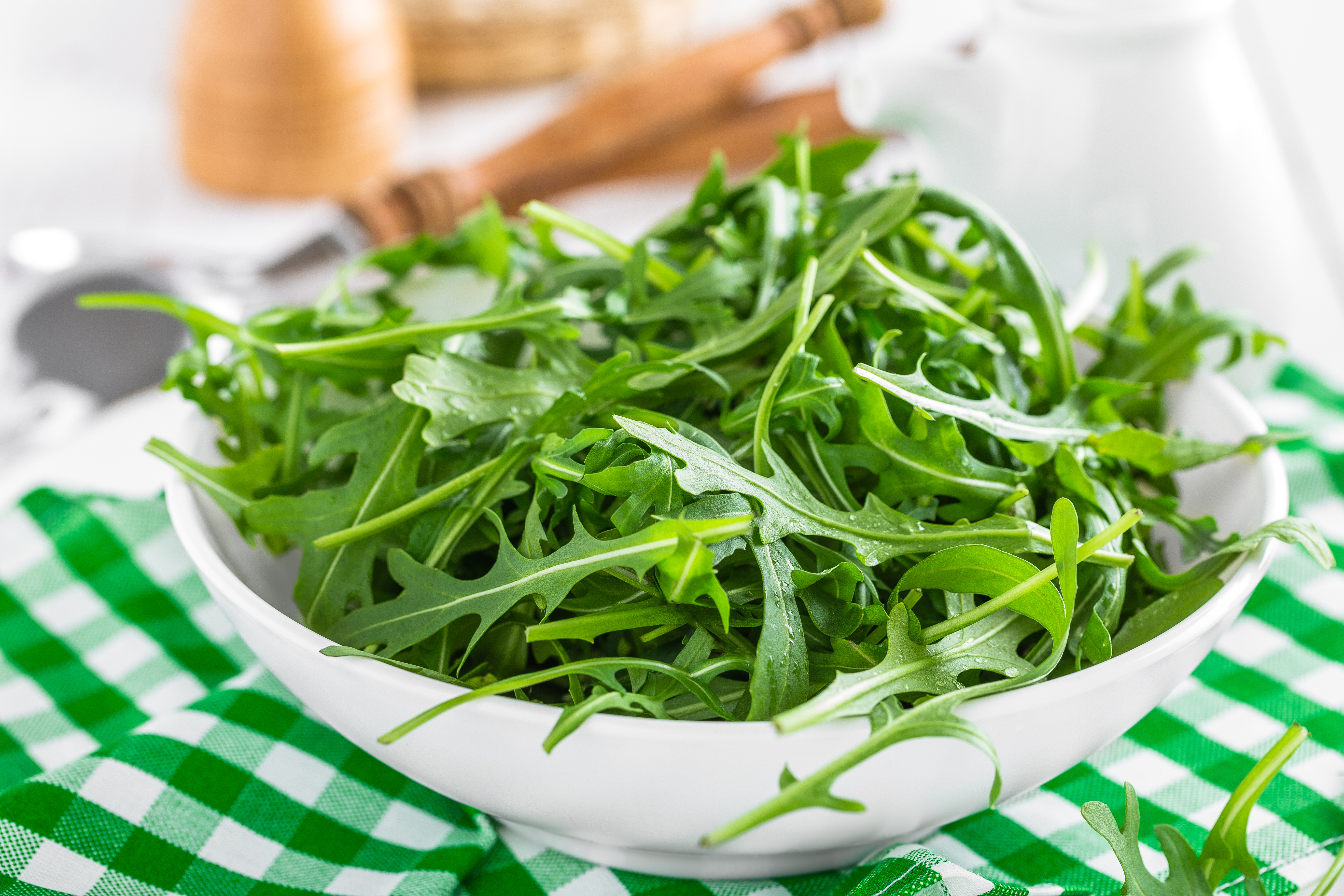
Bitter greens like arugula, dandelion, and radicchio are a surprising and effective addition to a blood sugar-conscious diet. The bitterness stimulates the production of digestive enzymes and bile, which helps your body break down and absorb nutrients more efficiently. Some research also suggests that bitter compounds can improve insulin sensitivity and help regulate blood sugar levels. Adding these greens to your salads or sautéing them as a side dish is a fantastic way to support your metabolism and digestion naturally, proving that sometimes, the best medicine is a little bitter.
36. Konjac (Shirataki) Noodles: The Carb-Free Fiber Hero

Konjac, a root vegetable, is the key ingredient in shirataki noodles, a true hero for blood sugar management. These noodles contain glucomannan, a type of soluble fiber that passes through your system largely undigested. Glucomannan forms a gel in your stomach, which dramatically slows the absorption of carbohydrates and promotes a feeling of fullness. This makes shirataki noodles a perfect low-glycemic, low-calorie substitute for traditional pasta, allowing you to enjoy your favorite meals without the fear of a blood sugar spike.
37. Tiger Nuts: The Prebiotic Powerhouse
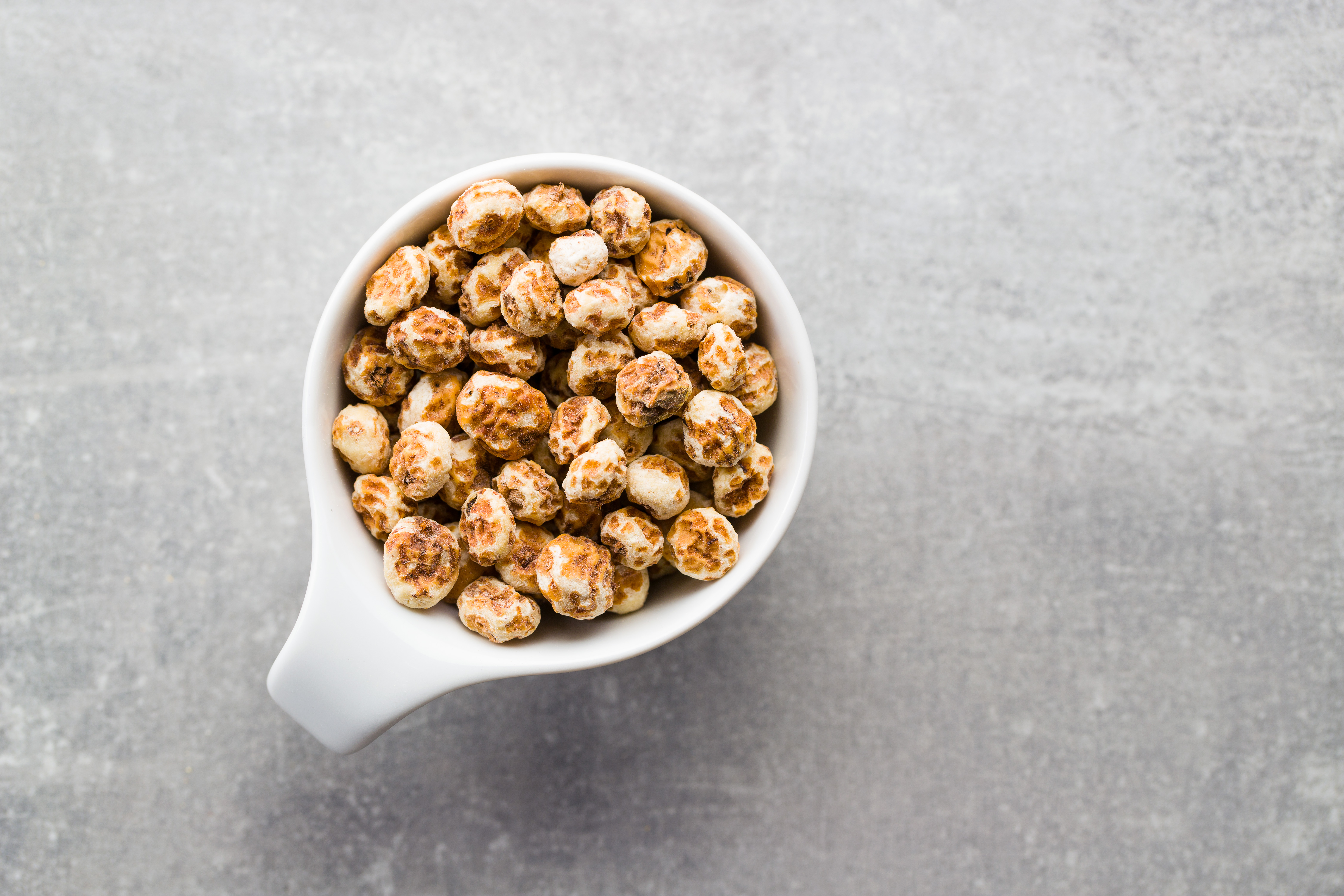
Tiger nuts, a small, wrinkled tuber, are a gut-friendly snack that also offers impressive benefits for blood sugar. They are rich in resistant starch and inulin, a powerful prebiotic fiber that feeds beneficial gut bacteria. A healthy gut microbiome, in turn, has been shown to improve insulin sensitivity and reduce inflammation, both of which are crucial for managing blood sugar. With a slightly sweet, nutty flavor and a satisfying crunch, tiger nuts can be enjoyed raw or ground into flour, making them a versatile and delicious way to support your metabolic health from the inside out.
38. Garlic: The Aromatic Insulin Booster
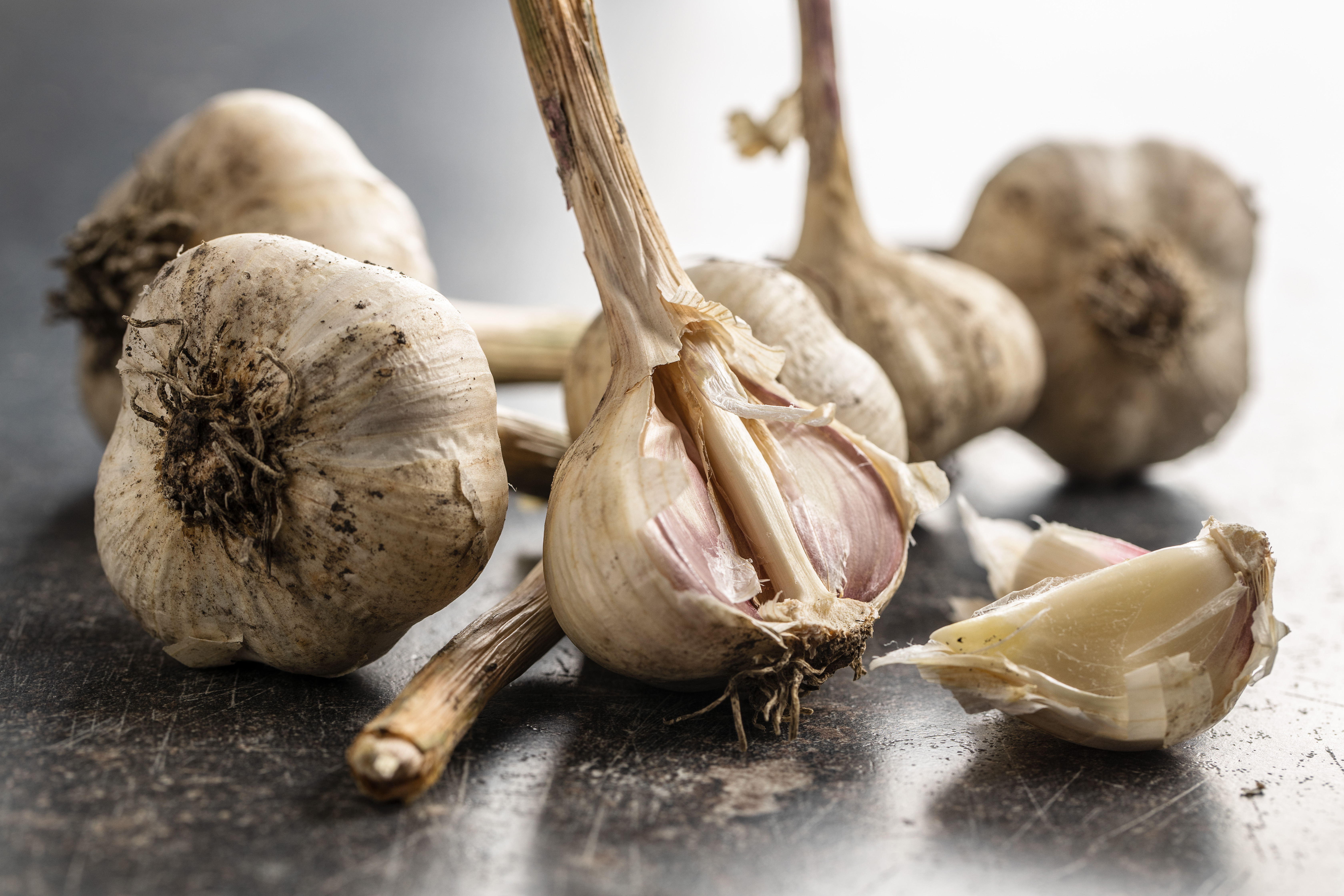
Garlic, a foundational ingredient in many cuisines, is more than just a flavor enhancer; it’s a powerful ally for blood sugar control. Its active compound, allicin, has been shown to improve insulin sensitivity and support the function of pancreatic beta cells, which are responsible for producing insulin. Additionally, garlic has anti-inflammatory properties that reduce oxidative stress, both of which are crucial for maintaining healthy blood sugar levels. Incorporating fresh garlic into your meals is an easy and delicious way to support your metabolism, proving that a little bit of aromatic flavor can go a long way in your health journey.
39. Olive Oil: The Healthy Fat for Stable Glucose
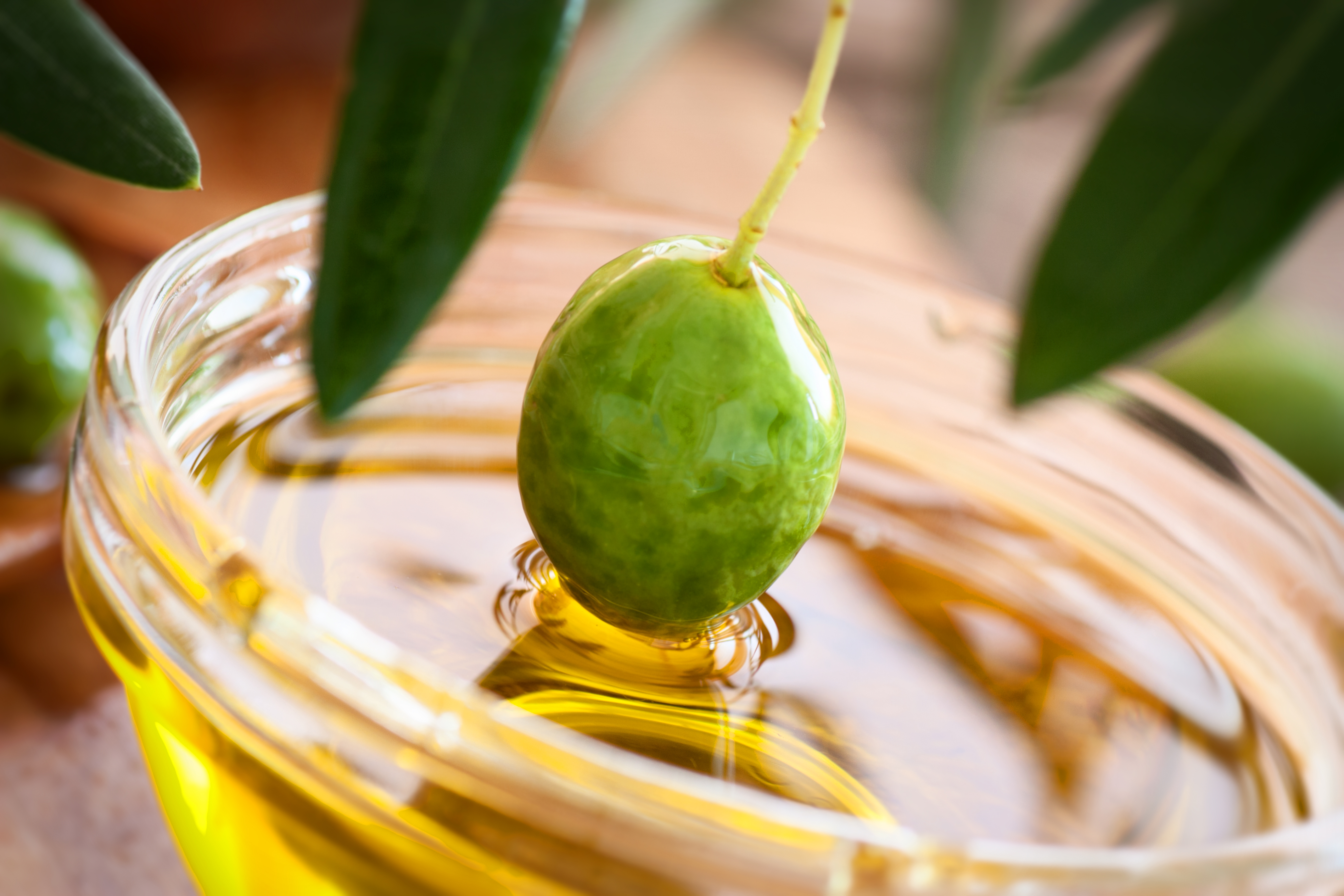
Extra virgin olive oil, a staple of the Mediterranean diet, is a superfood that helps stabilize blood sugar. Rich in oleic acid, a monounsaturated fat, olive oil slows down the absorption of carbohydrates and promotes a feeling of fullness. This helps prevent rapid glucose spikes after meals. Olive oil is also packed with polyphenols, powerful antioxidants that reduce inflammation and improve insulin sensitivity. Use it generously in salad dressings, to sauté vegetables, or as a finishing drizzle on dishes. This foundational healthy fat is a simple yet powerful tool for a blood sugar-conscious diet.
40. Okra: The Gut-Coating Fiber Hero
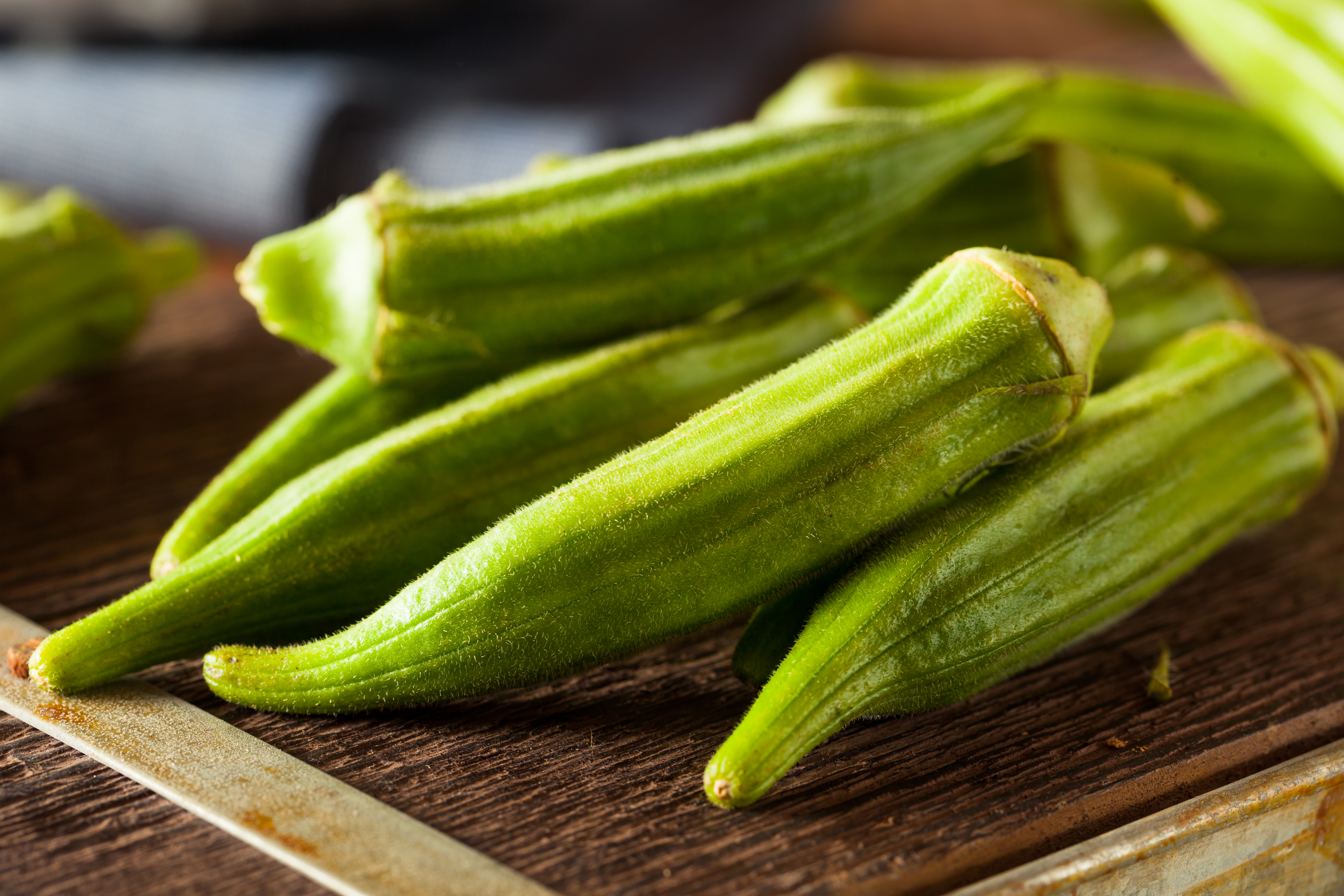
Okra, a unique pod-like vegetable, is a true hero for blood sugar management due to its high content of a soluble fiber called mucilage. When Okra is cooked, this mucilage forms a gel-like substance that coats the digestive tract, dramatically slowing down the absorption of glucose. This helps prevent sudden blood sugar spikes after meals. Okra is also a low-glycemic vegetable that provides valuable vitamins and minerals. Enjoy it roasted, stewed, or stir-fried. Its unique texture and blood sugar-stabilizing properties make it a smart and effective addition to any meal.
41. Dark Chocolate (with Cacao): The Flavonoid Stabilizer
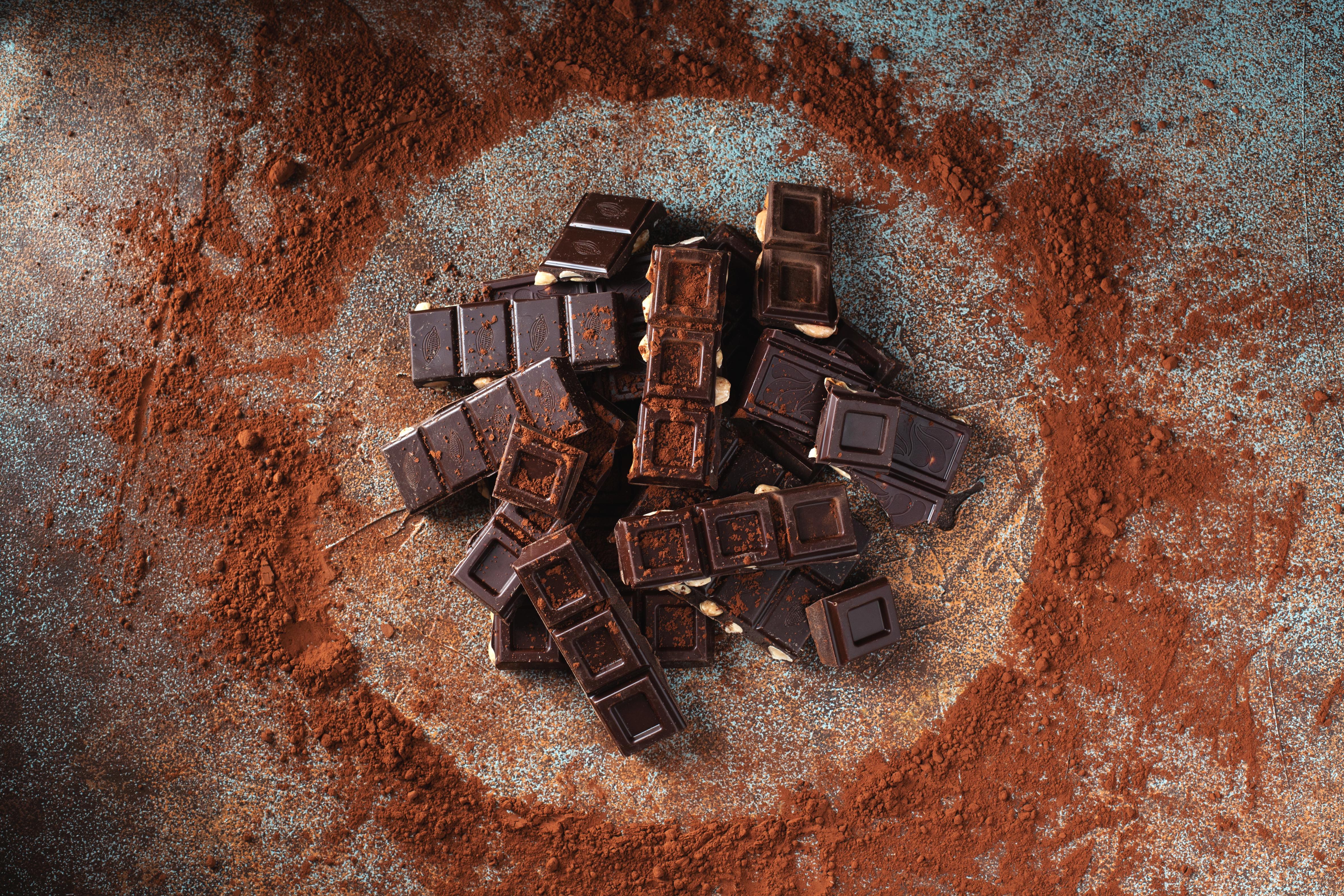
Dark chocolate, with a high cacao content (70% or more), is a surprisingly effective ally in blood sugar management. It contains flavonoids, powerful antioxidants that have been shown to improve insulin sensitivity and reduce inflammation. The healthy fats in dark chocolate also slow down the absorption of carbohydrates, leading to a more gradual increase in blood sugar after a meal. Enjoying a small, intentional piece of high-cacao dark chocolate can satisfy your sweet tooth while providing metabolic benefits, proving that a treat can be both delicious and health-conscious.
42. Psyllium Husk: The Supplemental Fiber Lifeline
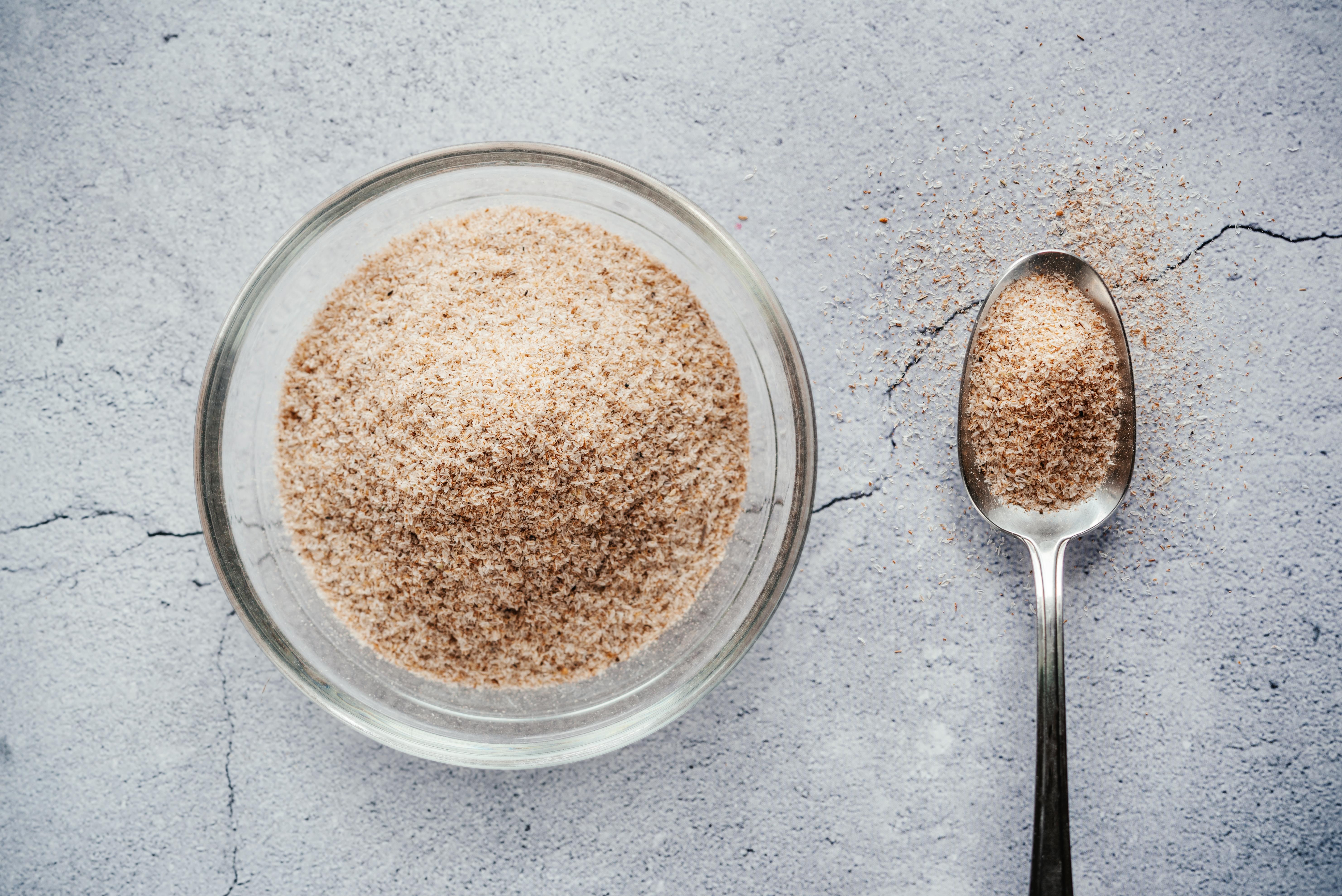
Psyllium husk, a form of soluble fiber, is a supplement that can act as a powerful lifeline for blood sugar control. When mixed with liquid, it forms a gel that significantly slows the absorption of glucose in the digestive system, effectively blunting post-meal blood sugar spikes. Taking psyllium husk before a meal can also promote a feeling of fullness, which aids in weight management and prevents overeating. It's a simple, affordable, and highly effective way to add fiber to your diet, making it a go-to tool for anyone looking to actively manage their blood sugar.
43. Sourdough Bread: The Fermented Grain Advantage
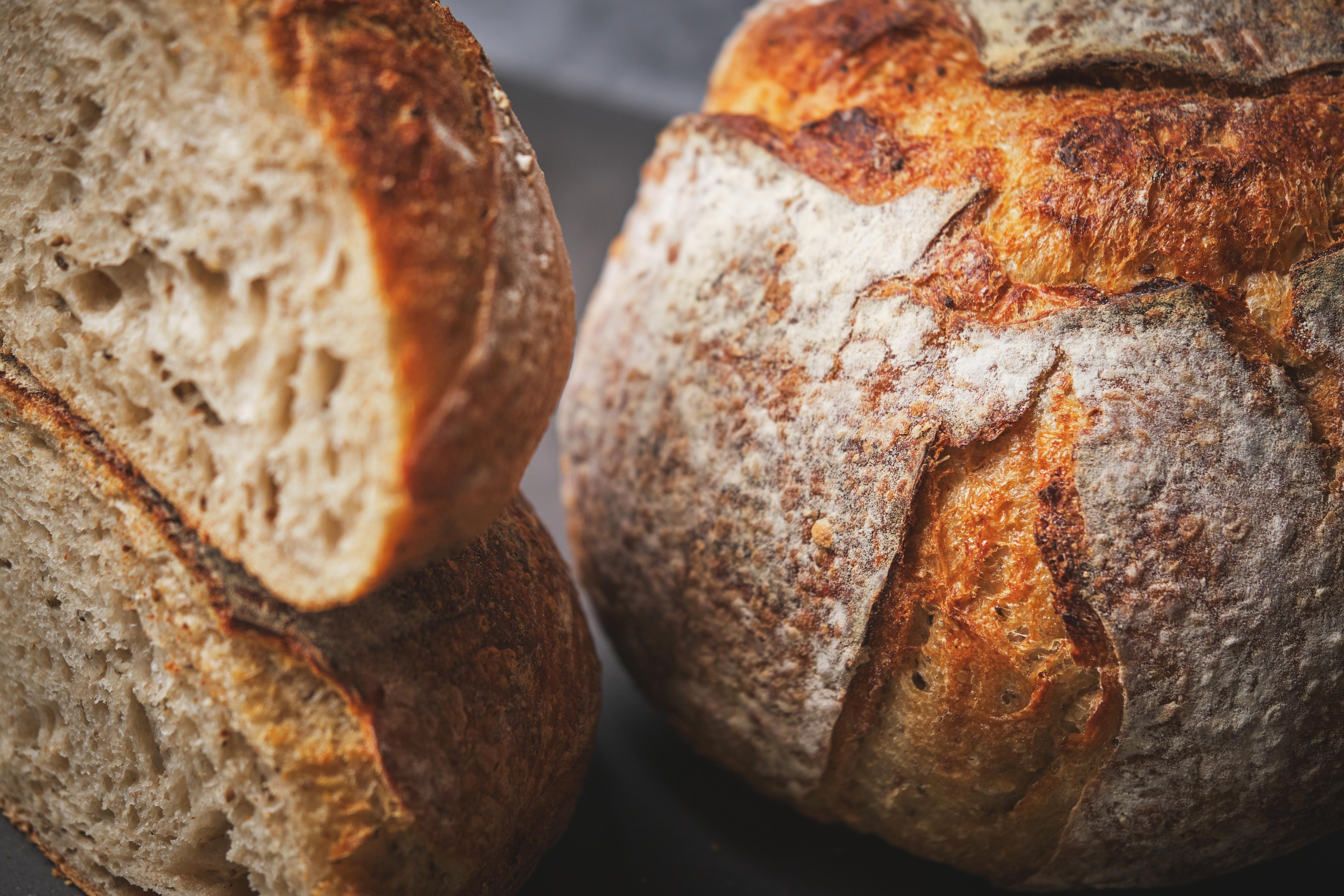
While most breads are notorious for spiking blood sugar, traditional sourdough is an ingenious exception. The long fermentation process used to make sourdough bread breaks down starches and phytic acid, making the bread more digestible and reducing its glycemic impact. The lactic acid produced during fermentation helps slow the body's response to carbohydrates, leading to a much gentler blood sugar curve than with standard white or whole wheat bread. This makes it a smart swap for those who still want to enjoy toast or sandwiches without the metabolic crash. Pair it with avocado or a nut butter for an even more stable glucose response.
44. Lentil Pasta: The Low-Glycemic Noodle Hack
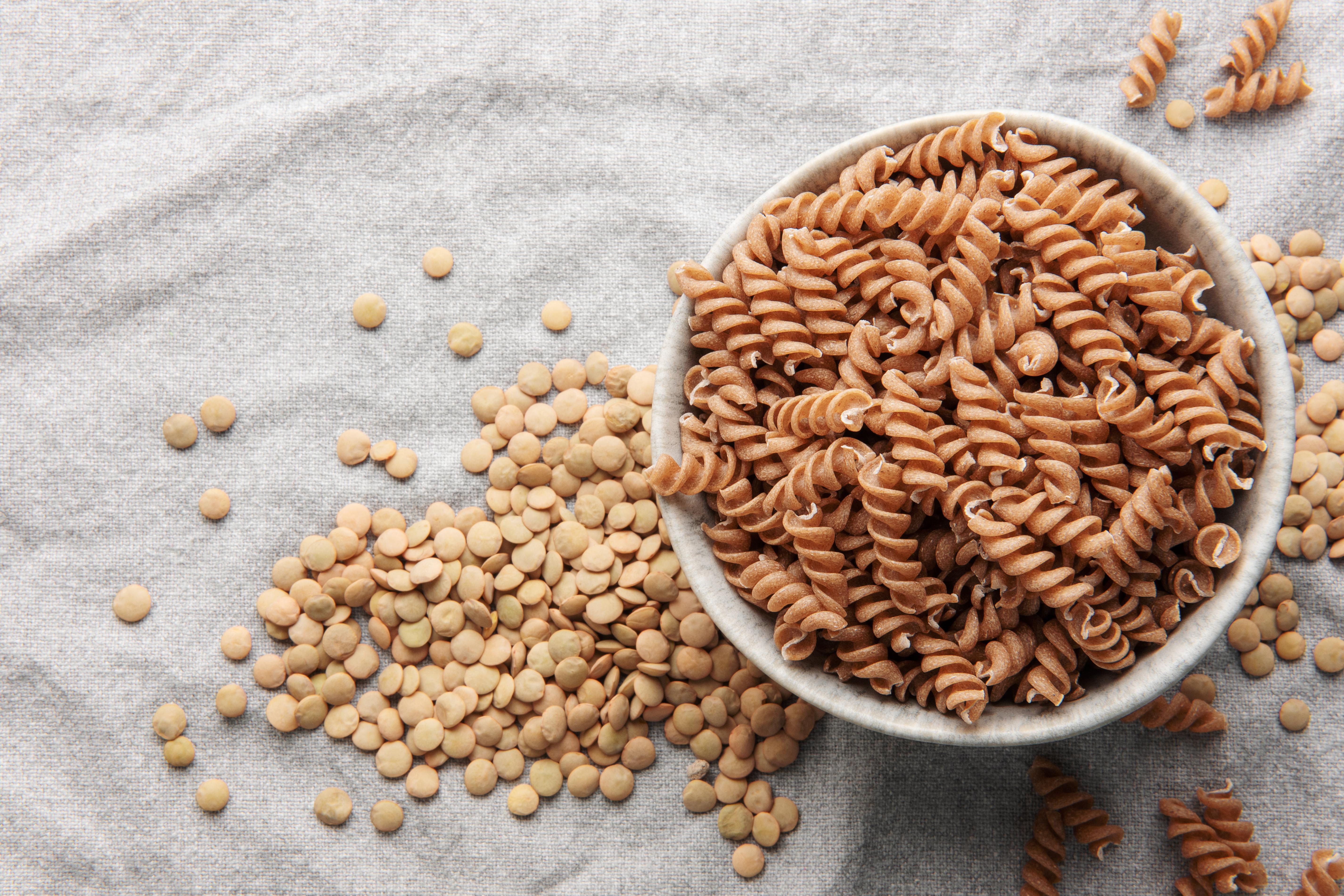
For pasta lovers managing their blood sugar, lentil pasta is a truly life-changing alternative. Unlike traditional pasta made from refined wheat, lentil pasta is made from—you guessed it—lentil flour. This makes it naturally high in fiber and plant-based protein, two nutrients that work in tandem to dramatically slow down digestion and prevent rapid glucose spikes. A serving of lentil pasta can provide up to 15 grams of protein and 8 grams of fiber, transforming a typically high-glycemic meal into a slow-burning, nutrient-dense powerhouse that keeps you full and your blood sugar stable.
45. Sweet Peppers: The Fiber-Rich, Low-Carb Crunch
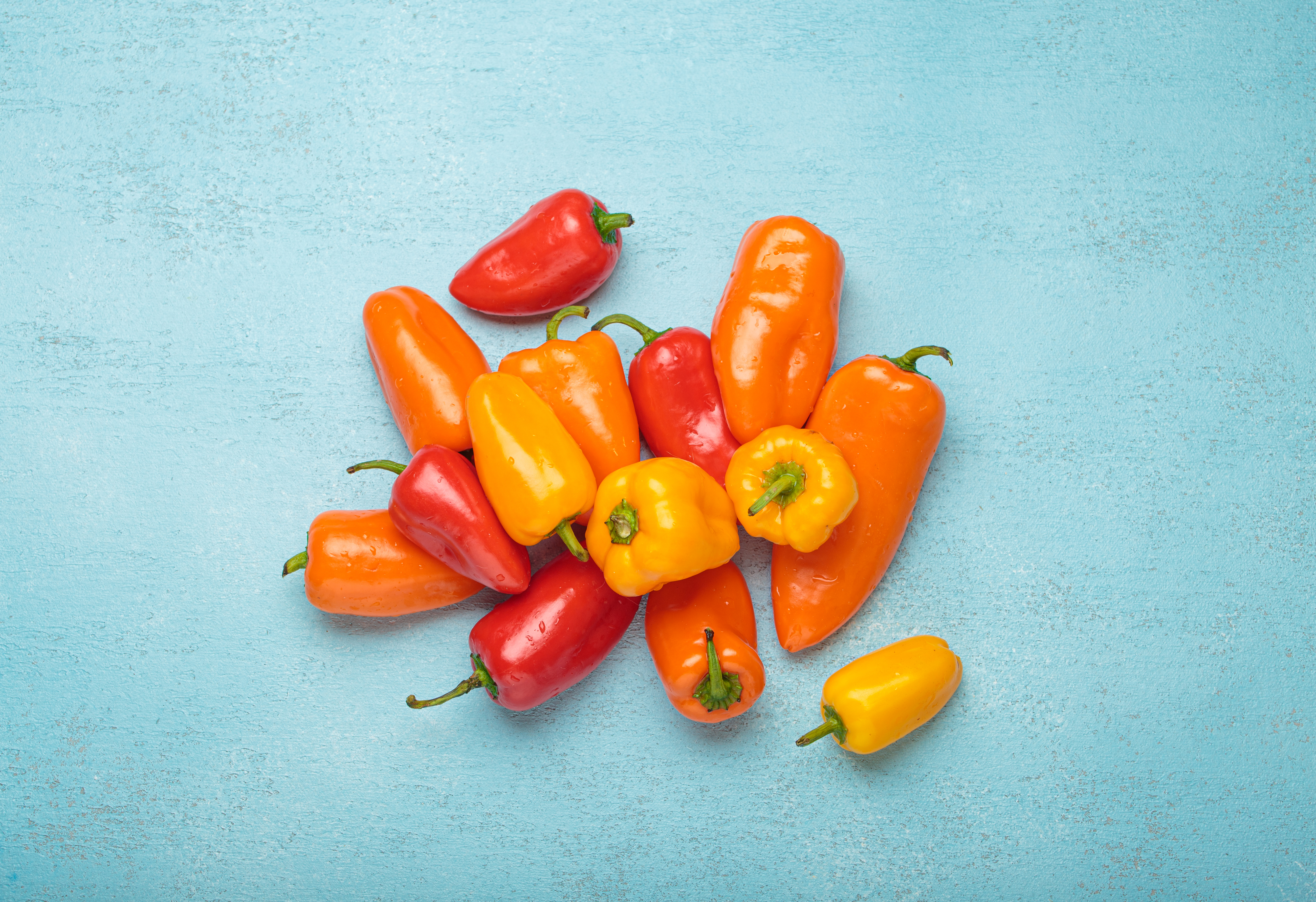
Bell peppers are a fantastic choice for blood sugar management, but a special shout-out goes to the sweet mini peppers. These crunchy, colorful snacks are an easy, high-impact swap for processed crackers or chips. They are very low in carbohydrates, but rich in water content and fiber, which helps create a feeling of fullness without affecting glucose levels. Their sweetness comes naturally, making them a satisfying and guilt-free way to address a craving for something sweet and crunchy. Pair them with hummus for a balanced snack that stabilizes energy and keeps you on track.
46. Jicama: The Inulin-Rich Root

Jicama is a unique root vegetable that looks a bit like a turnip but has a mild, crunchy texture similar to an apple. It’s an incredibly smart addition to a blood-sugar-conscious diet because it is almost entirely composed of water and fiber, with very few digestible carbohydrates. It’s especially rich in inulin, a prebiotic fiber that feeds beneficial gut bacteria. A healthy gut microbiome is directly linked to improved insulin sensitivity. Use jicama raw in salads or slaws, or slice it into sticks as a satisfying, hydrating, and blood-sugar-friendly alternative to crackers or chips.
47. Tofu: The Protein-Packed, Carb-Free Canvas
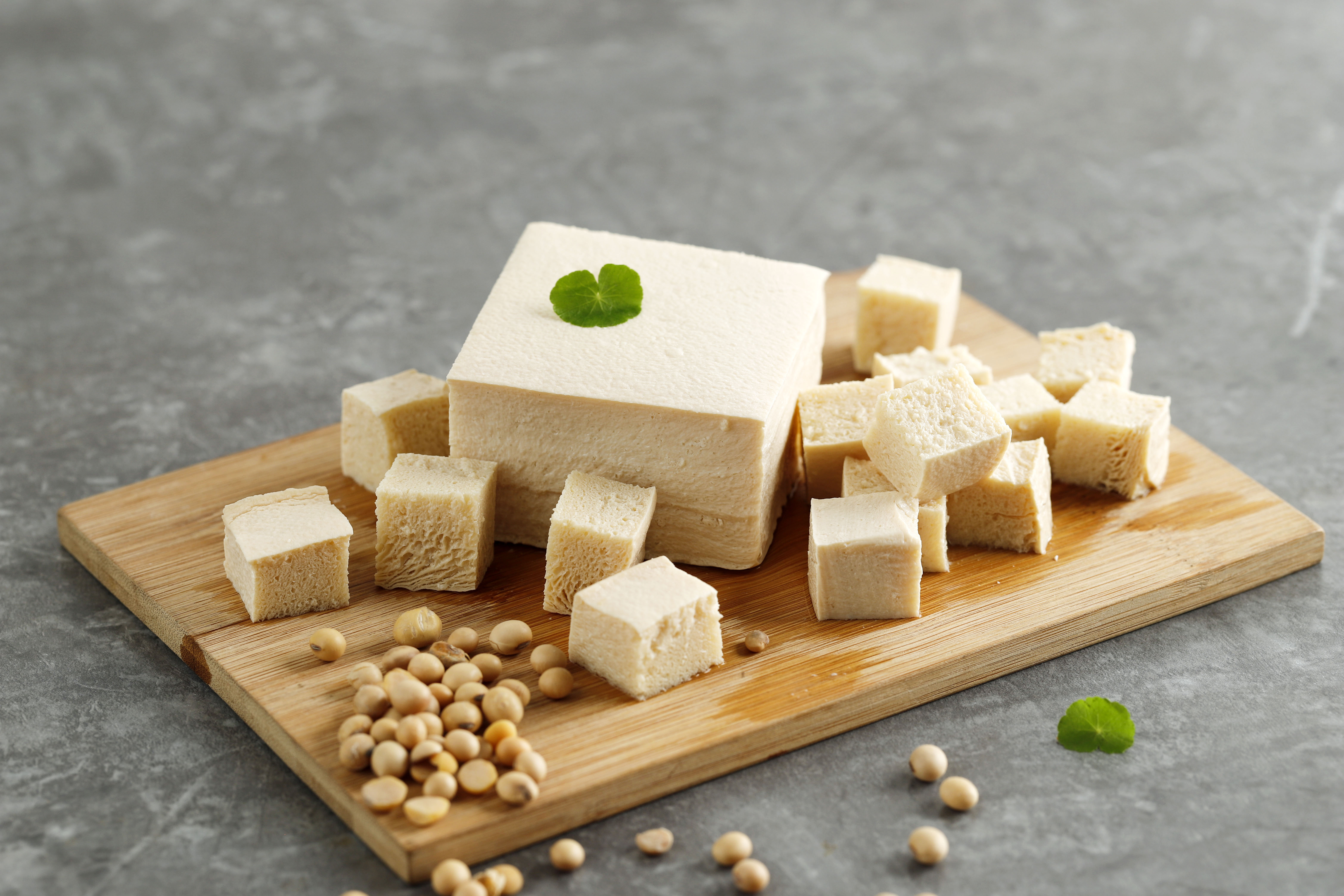
Tofu is a plant-based protein staple that is a fantastic foundation for any blood sugar-conscious meal. Unlike many plant-based meat substitutes that can contain hidden sugars and starches, plain tofu is virtually carbohydrate-free and rich in high-quality protein and healthy fats. This makes it a perfect canvas for absorbing flavors while providing the slow-digesting nutrients that prevent glucose spikes. Sautéed, baked, or crumbled, tofu is a versatile, affordable food that helps you build a satisfying meal that supports stable blood sugar without compromising on taste or texture.
48. Mushrooms (Chaga): The Functional Fungus
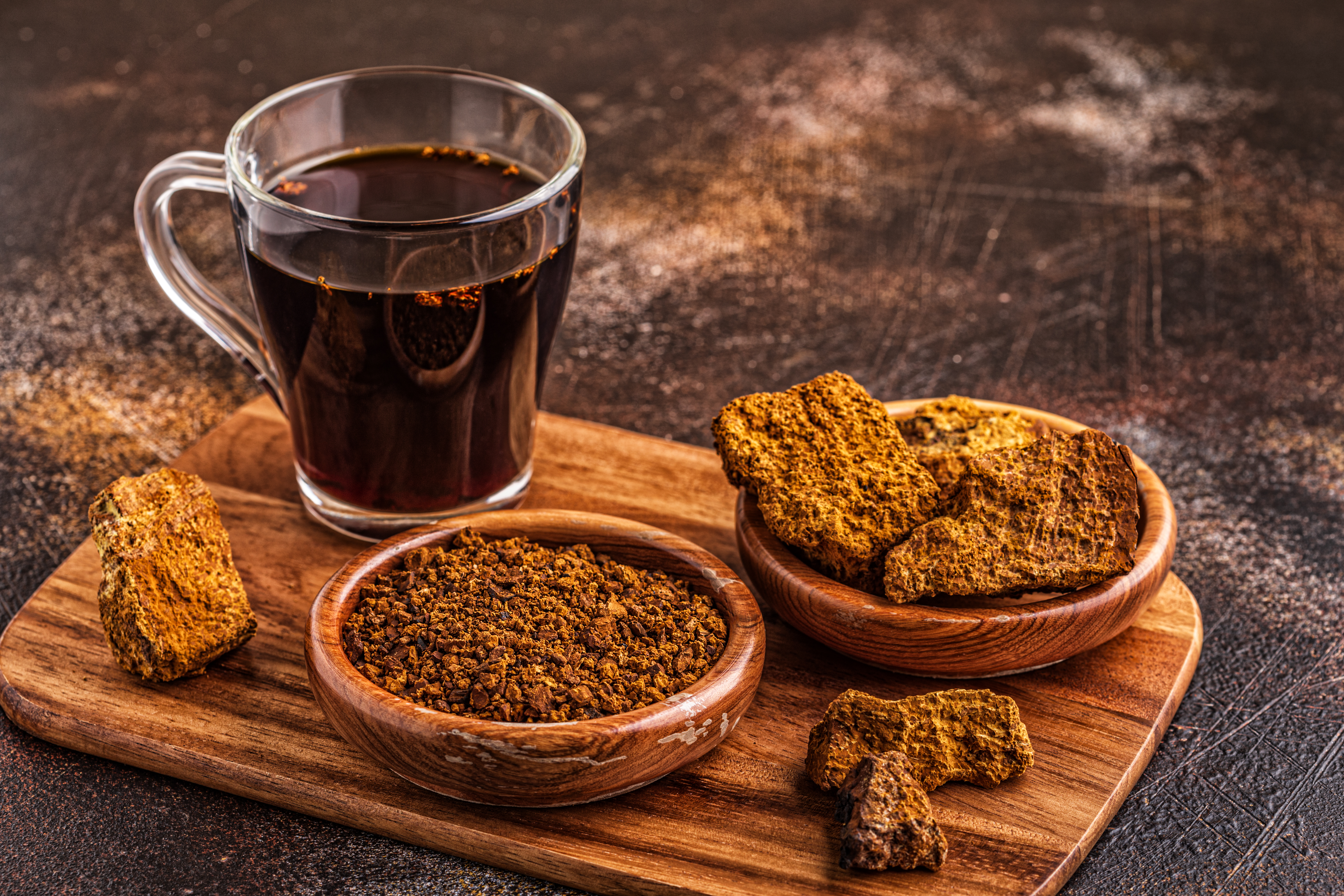
Chaga mushrooms, traditionally used in herbal medicine, are gaining recognition for their potential to lower blood sugar. Research suggests that the polysaccharides in chaga can help reduce insulin resistance and improve glucose metabolism. While not a typical food you'd slice into a salad, chaga is often consumed as a tea or a powdered supplement, making it an ingenious daily addition. Its powerful antioxidant and anti-inflammatory properties also help protect the pancreas and other organs from damage associated with chronic high blood sugar. It's a next-level tool for metabolic health.
49. Nutritional Yeast: The Umami-Rich Mineral Boost
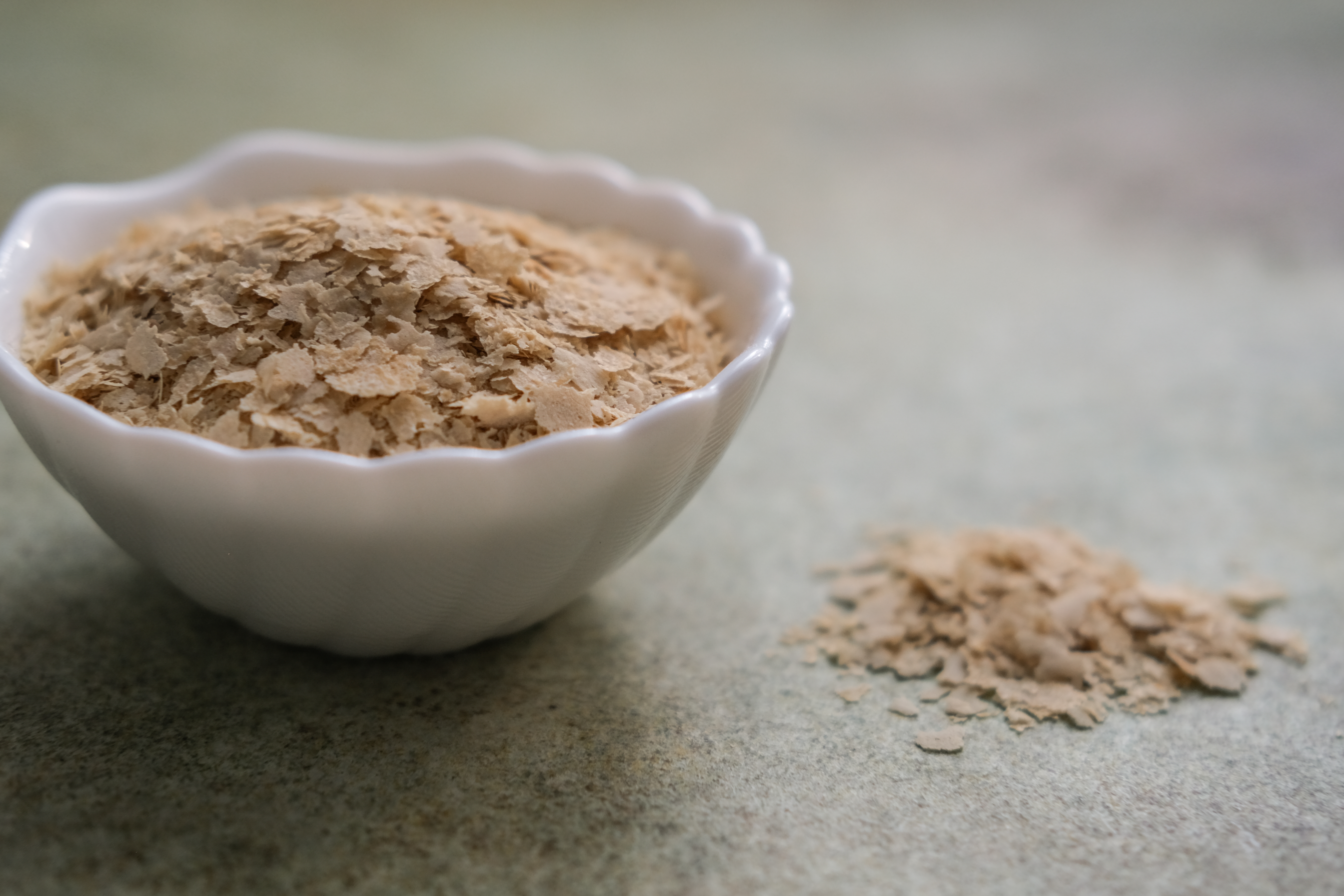
This flakey, cheese-like seasoning is a secret weapon for blood sugar control that goes beyond just fiber. Nutritional yeast is a low-glycemic food and an excellent source of chromium, a trace mineral that enhances the action of insulin and helps move glucose into cells. It also provides a significant dose of protein and B vitamins, which are crucial for energy metabolism. Sprinkle it on popcorn, pasta, salads, or roasted vegetables for a savory, nutty flavor that satisfies while actively working to stabilize your blood sugar.
50. Burdock Root: The Prebiotic Powerhouse
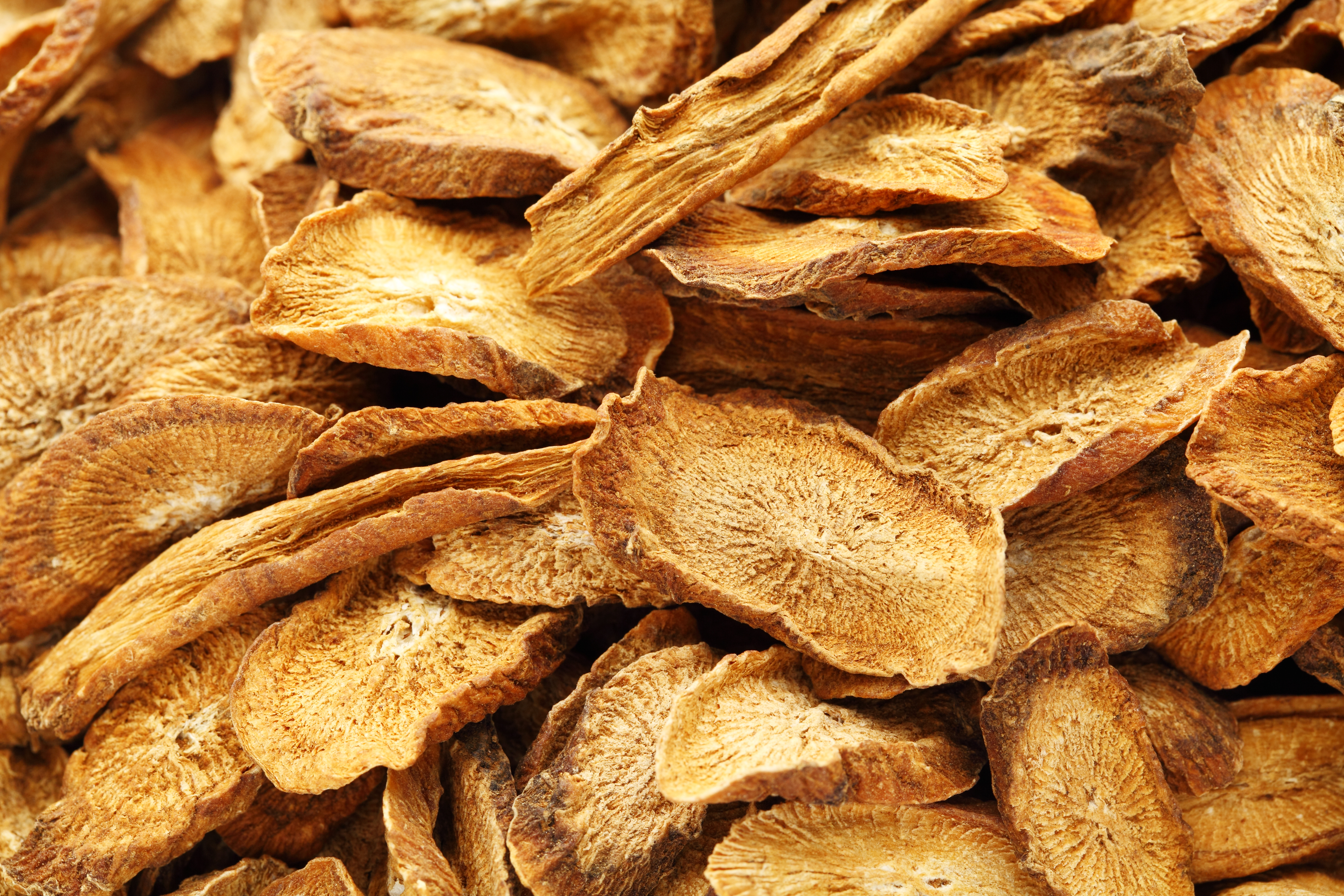
Burdock root, a traditional vegetable in many cultures, is a master of blood sugar control due to its high concentration of inulin, a type of prebiotic fiber. Inulin is not digested by your body, but it acts as a food source for beneficial gut bacteria, which in turn improves insulin sensitivity and reduces post-meal glucose spikes. Burdock root also contains compounds that may help inhibit enzymes that break down carbohydrates. Roasted, steamed, or added to soups, this humble root vegetable offers a compelling and delicious way to nourish your gut and balance your blood sugar.
51. Spirulina: The Blue-Green Superfood
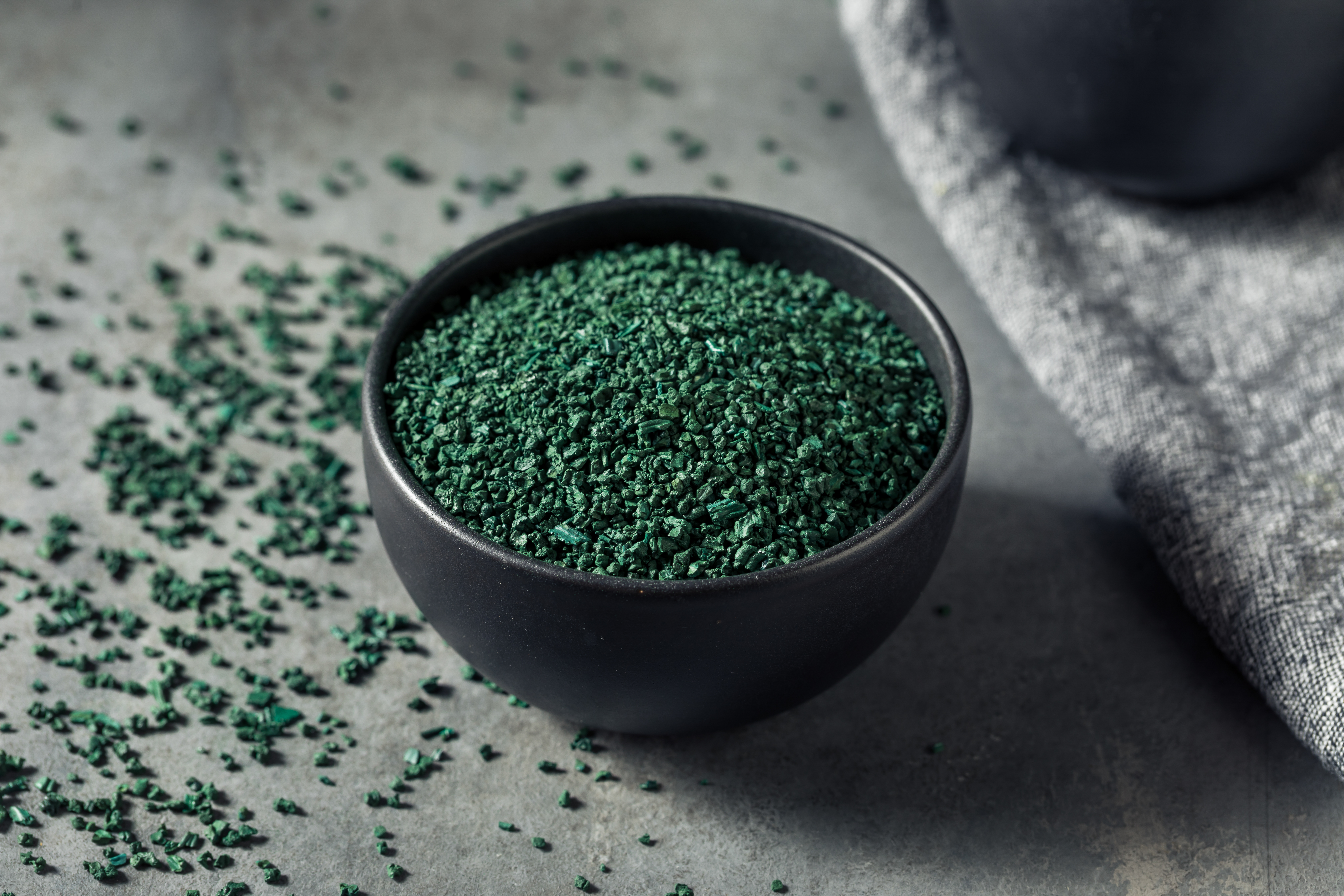
Spirulina, a type of blue-green algae, is a nutrient-dense superfood that offers a unique approach to blood sugar management. It's rich in a wide range of vitamins, minerals, and proteins, but its key benefit comes from its powerful antioxidant and anti-inflammatory properties. By reducing oxidative stress and inflammation, spirulina helps improve insulin sensitivity, making it easier for your body to manage blood sugar levels. Add a spoonful of spirulina powder to your smoothies or mix it with water for a refreshing and health-boosting drink.
52. Maca Root: The Adaptogenic Regulator
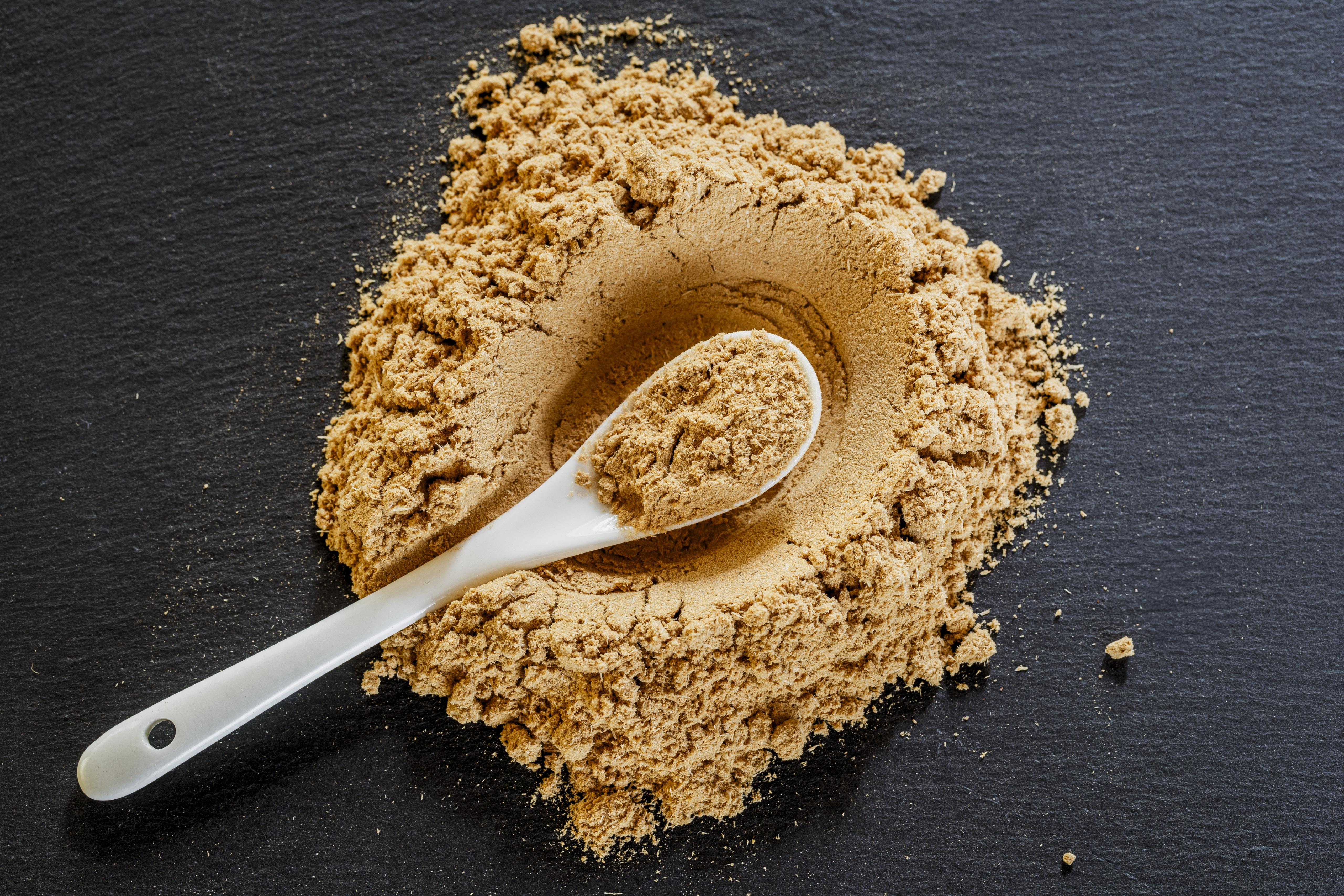
Maca root, a vegetable native to the Andes Mountains, is a lesser-known but powerful ally for metabolic health. Classified as an adaptogen, it helps the body respond to stress and maintain hormonal balance, both of which are critical for blood sugar control. While more research is needed, early studies suggest that maca may help regulate blood glucose and lipid metabolism, particularly in cases of insulin resistance. A small amount of maca powder can be added to smoothies, oatmeal, or baked goods for a unique, slightly nutty flavor and a significant health boost.
53. Pistachios: The Nutty, Low-Glycemic Snack

Pistachios are a fantastic snack for blood sugar control, offering a powerful combination of healthy fats, protein, and fiber. Their unique nutrient profile, including a significant dose of monounsaturated fats and antioxidants, helps to slow the absorption of carbohydrates and prevent post-meal glucose spikes. Pistachios are also rich in magnesium, a mineral that plays a crucial role in regulating insulin and blood sugar levels. Eating a handful of pistachios can help keep you feeling full and satisfied, while their unique nutrient profile actively works behind the scenes to support your metabolic health and prevent cravings.
54. Cacao Nibs: The Sugar-Free Chocolate Hack
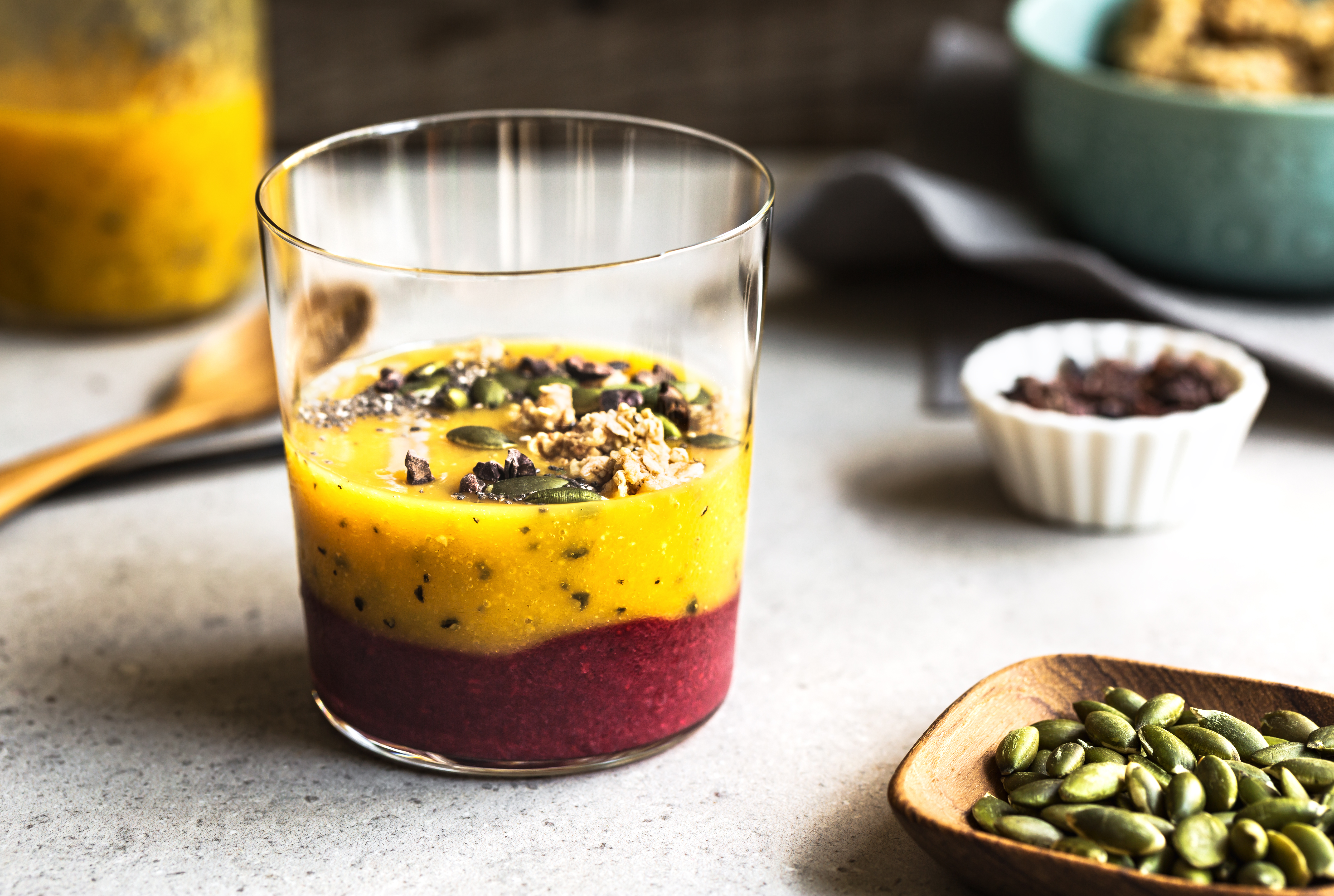
Cacao nibs are a true hero for blood sugar management, offering the rich flavor of chocolate without the sugar. They are a fantastic source of fiber and flavonoids, powerful antioxidants that have been shown to improve insulin sensitivity and reduce inflammation. Cacao nibs are also rich in magnesium, a mineral that plays a crucial role in regulating blood sugar. Sprinkle them over oatmeal, yogurt, or salads for a satisfying crunch and a delicious, guilt-free chocolate flavor that won't spike your blood sugar.
55. Shiitake Mushrooms: The Functional Fungi
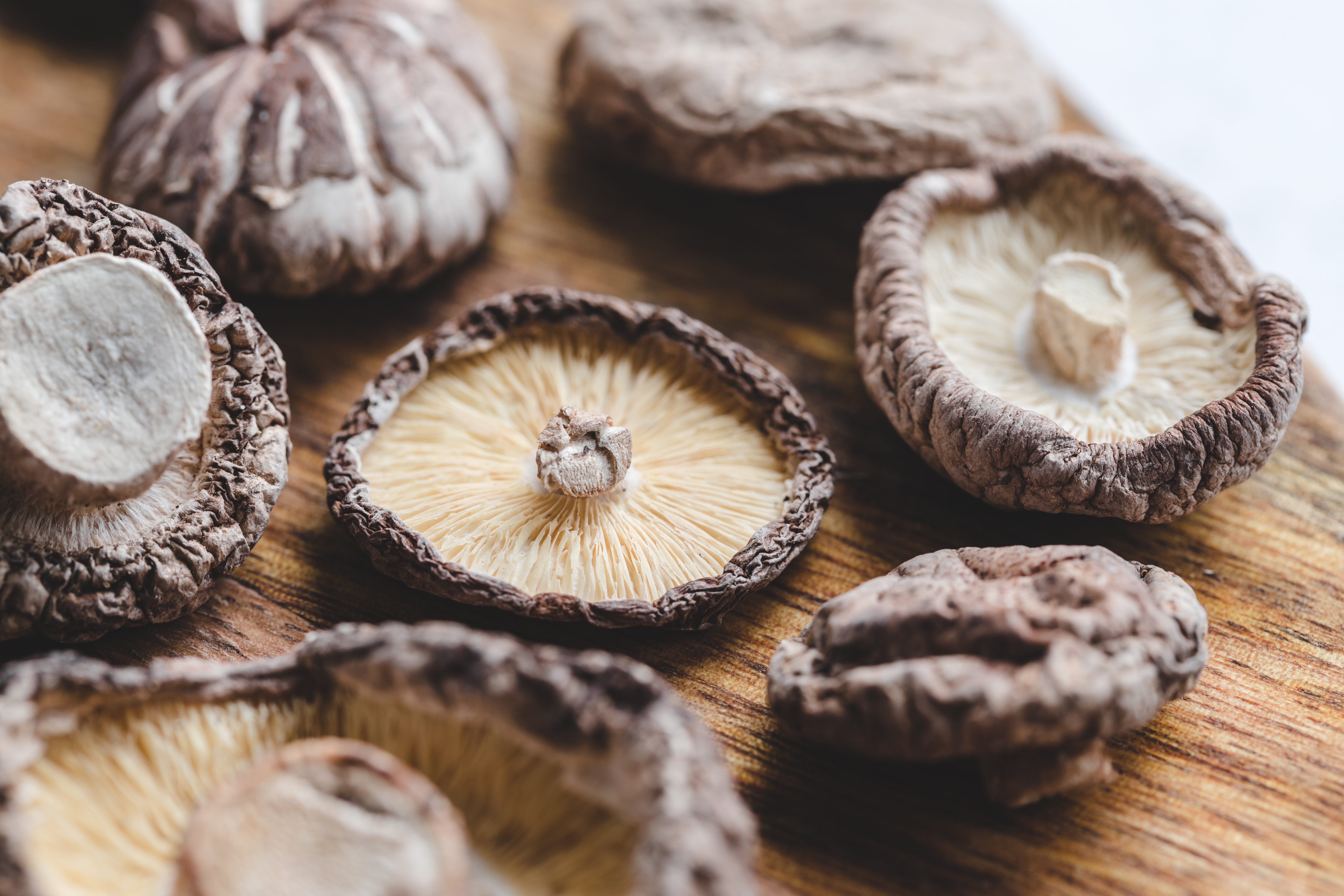
Shiitake mushrooms, a staple in many cuisines, are an excellent addition to any blood-sugar-conscious diet. They contain a compound called lentinan, which has been shown to support healthy blood sugar levels. Shiitake mushrooms are also a good source of fiber, which slows digestion and helps prevent rapid glucose spikes. Additionally, they are rich in antioxidants and anti-inflammatory compounds that support overall health. Sautéed, roasted, or added to soups, shiitake mushrooms are a delicious and functional way to support your metabolic health.
56. Red Onion: The Flavonoid-Rich Carb

Red onion is a versatile vegetable that offers a surprising benefit for blood sugar management. It contains a high concentration of quercetin, a powerful antioxidant that has been shown to improve insulin sensitivity and support healthy blood sugar levels. Red onions are also rich in fiber, which slows digestion and helps prevent rapid glucose spikes. Add them raw to salads, sandwiches, or tacos for a crunchy, flavorful boost. Their natural sweetness satisfies without spiking blood sugar, making them a versatile and flavorful ally.
57. Hemp Seeds: The Complete Protein and Fiber Source
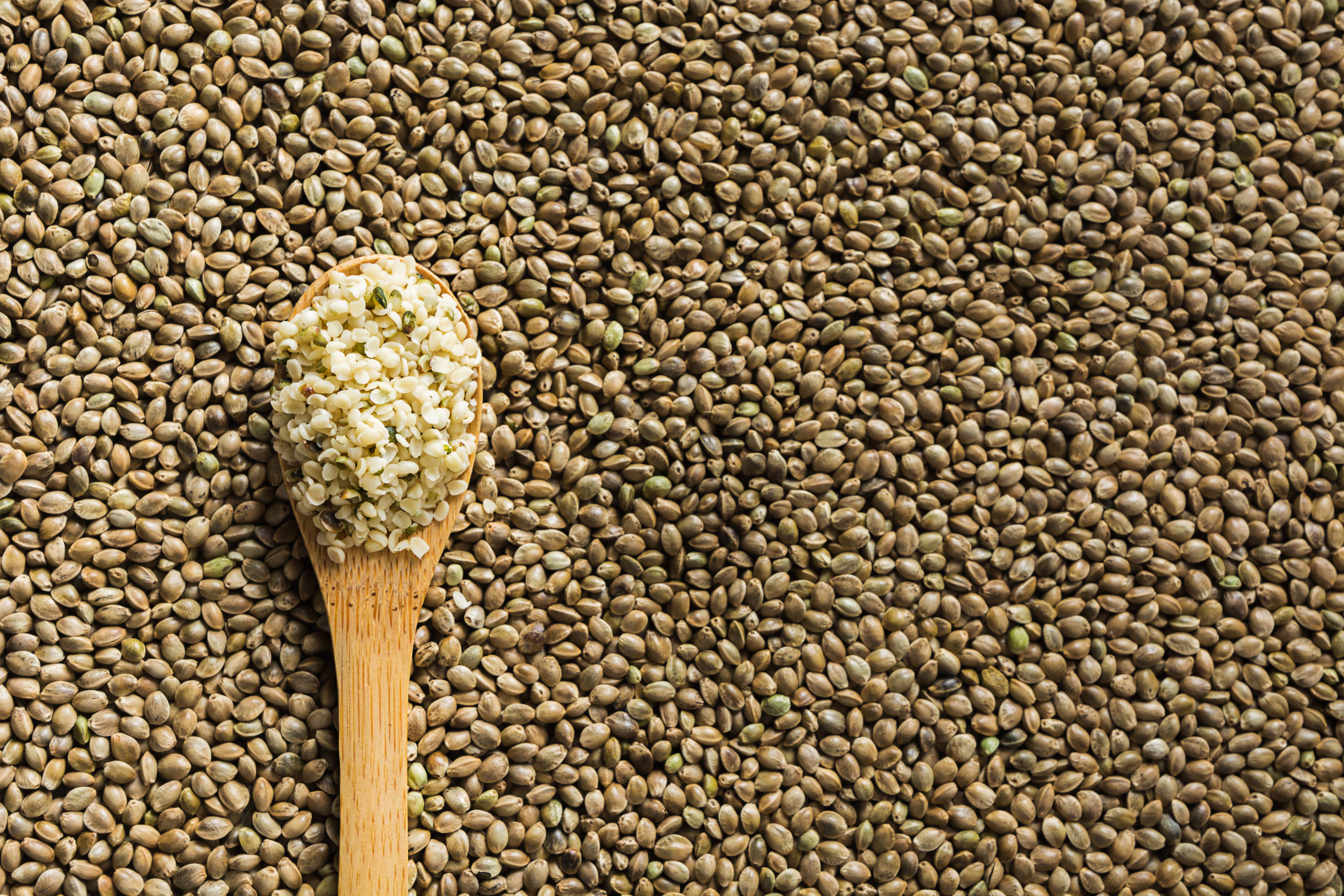
Hemp seeds are an excellent addition to a blood-sugar-conscious diet, offering a complete protein source and a high concentration of fiber and healthy fats. Their unique nutrient profile helps to slow the absorption of carbohydrates, preventing post-meal glucose spikes. Hemp seeds are also rich in magnesium, a mineral that plays a crucial role in regulating insulin and blood sugar levels. Sprinkle them over oatmeal, yogurt, or salads for a satisfying crunch and a delicious, guilt-free flavor that won't spike your blood sugar.
58. Jerusalem Artichokes (Sunchokes)
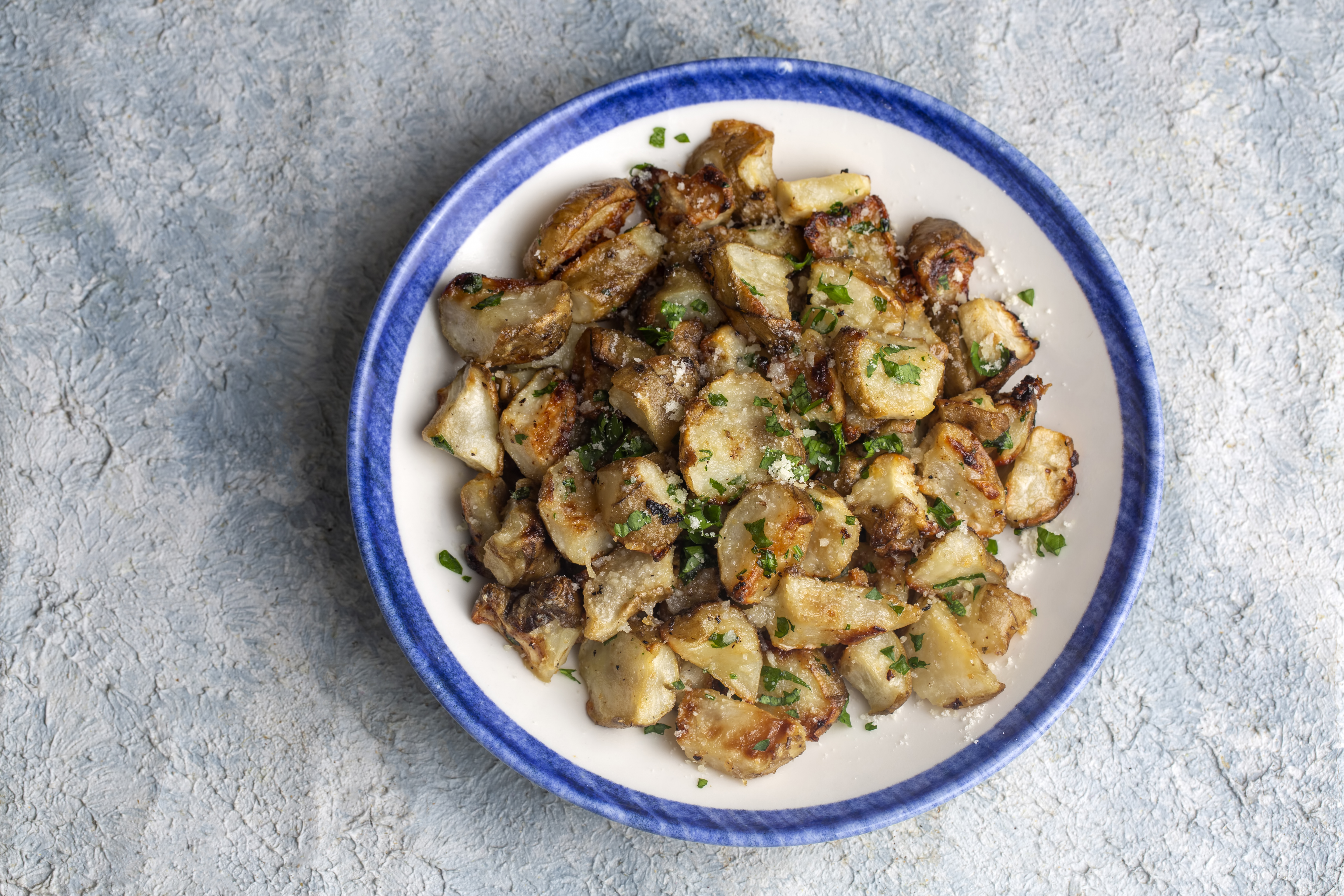
Jerusalem artichokes are a root vegetable that are a fantastic source of inulin, a prebiotic fiber. Like the burdock root and jicama you mentioned, inulin is not digestible by the human body but instead ferments in the large intestine. This fermentation process feeds beneficial gut bacteria, which in turn improves insulin sensitivity and helps regulate blood sugar. Jerusalem artichokes also have a sweet, nutty flavor and a crunchy texture, making them an excellent addition to salads, or they can be roasted or boiled like potatoes.
59. Cottage Cheese

It's a high-protein, low-carbohydrate food that is also rich in whey protein. Whey protein has been shown in studies to improve the insulin response and lower blood glucose levels after a meal. The combination of protein and fat slows down digestion, leading to a much more stable and gradual glucose release. Cottage cheese is also rich in calcium and is an easy-to-digest option that can be paired with berries or nuts for a well-rounded, glucose-stabilizing snack or meal.
60. Garbanzo Bean Flour

Unlike traditional wheat flour, which is a processed carbohydrate, garbanzo bean flour is rich in protein and fiber, giving it a much lower glycemic index. This means that a pancake or flatbread made from garbanzo bean flour will lead to a much more gentle blood sugar response than one made from white flour. It's a fantastic, nutrient-dense swap for baking and cooking.
61. Cinnamon Water
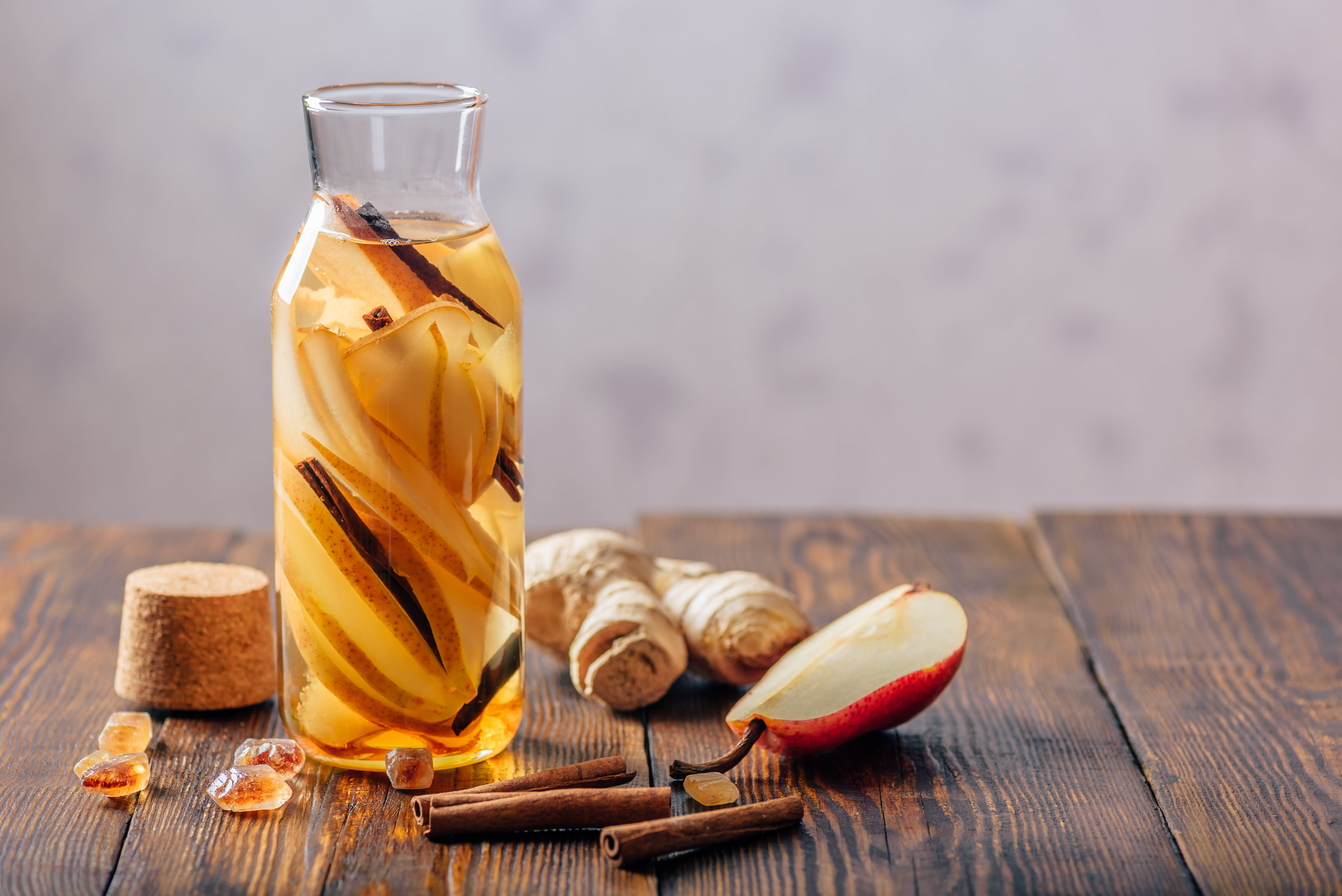
Cinnamon water involves steeping a cinnamon stick in warm or cold water for several hours. This allows the water to absorb the compound cinnamaldehyde, which has been shown to mimic insulin and increase glucose uptake by cells. Drinking a glass of cinnamon water before or during a meal can help blunt the post-meal blood sugar spike, and it's a refreshing, calorie-free way to stay hydrated while reaping the metabolic benefits.
62. Sprouted Grains

Sprouting grains like wheat or barley breaks down their starches and phytic acid, making them easier to digest and giving them a lower glycemic index. A sprouted grain bread will not spike your blood sugar as sharply as a regular whole wheat bread because the carbohydrates have already been partially broken down. The sprouting process also increases the bioavailability of vitamins and minerals, making them a more nutrient-dense and blood-sugar-friendly option.
69. Kidney Beans: The Alpha-Amylase Inhibitor

Kidney beans are a powerful ally for blood sugar management, thanks to a specific compound they contain called phaseolamin. This compound acts as a natural alpha-amylase inhibitor, which means it blocks the enzyme that breaks down complex carbohydrates into simple sugars. By inhibiting this process, kidney beans effectively slow the absorption of starches and prevent a sharp rise in blood glucose after a meal. This unique mechanism, combined with their high fiber and protein content, makes them an excellent addition to soups, stews, and salads for a gentle and sustained release of energy.
70. Kimchi: The Probiotic & Fiber-Packed Regulator

Kimchi, a traditional Korean fermented vegetable dish, is a fantastic addition to your list, offering a unique dual benefit. It provides a generous dose of probiotics, the beneficial bacteria that populate a healthy gut microbiome. A balanced microbiome is directly linked to improved insulin sensitivity and reduced inflammation. At the same time, kimchi is made from vegetables like napa cabbage, which are rich in fiber and low in digestible carbohydrates. This combination of prebiotics (from the fiber) and probiotics creates a powerful synergy that helps regulate blood sugar from the inside out.
71. Celery Root (Celeriac): The Low-Glycemic, Starchy Swap

Celery root, or celeriac, is a surprising root vegetable that can stand in for high-glycemic starches like potatoes. Its glycemic index is significantly lower, and it's rich in fiber, which helps slow down the digestion of its carbohydrates. Celery root also contains a good amount of potassium, a mineral that is vital for regulating fluid balance and can also play a role in insulin secretion. Roasted or mashed, celeriac provides a hearty, starchy texture without the blood sugar spike, making it an excellent, low-carb substitute.
72. Watercress: The Micronutrient and Antioxidant Booster

Often overlooked, watercress is a peppery green that's a silent hero for blood sugar. It has a negligible glycemic load and is packed with lipoic acid, a powerful antioxidant that may help improve insulin sensitivity and glucose uptake in cells. Watercress is also rich in chromium, a trace mineral that enhances insulin's action. Adding this crunchy green to salads, sandwiches, or smoothies is a simple way to boost your meal's micronutrient profile and actively support your metabolism.
73. Black Seed (Nigella Sativa): The Ancient Blood Sugar Secret

Black seed, also known as black cumin or nigella sativa, has been used in traditional medicine for centuries and is now being studied for its metabolic benefits. Its primary active compound, thymoquinone, has been shown to have potent antioxidant and anti-inflammatory effects that can improve insulin resistance and help lower fasting blood glucose levels. While not a food you'd eat in large quantities, a small amount of black seed oil or ground seeds can be added to dressings, smoothies, or savory dishes for a unique, peppery flavor and a significant blood sugar-regulating punch.
Steady Blood Sugar Starts on Your Plate

From humble legumes to vibrant vegetables, crunchy seeds to creamy avocados, each bite becomes a step toward better focus, mood, and long-term health. So forget the crash-and-burn cycle. With the right foods on your plate, stability isn’t just possible—it’s sustainable. Whether you’re making small swaps or overhauling your habits, these pantry staples prove that eating well can be simple, satisfying, and smart. Because when it comes to blood sugar, food isn’t the enemy—it’s the solution.